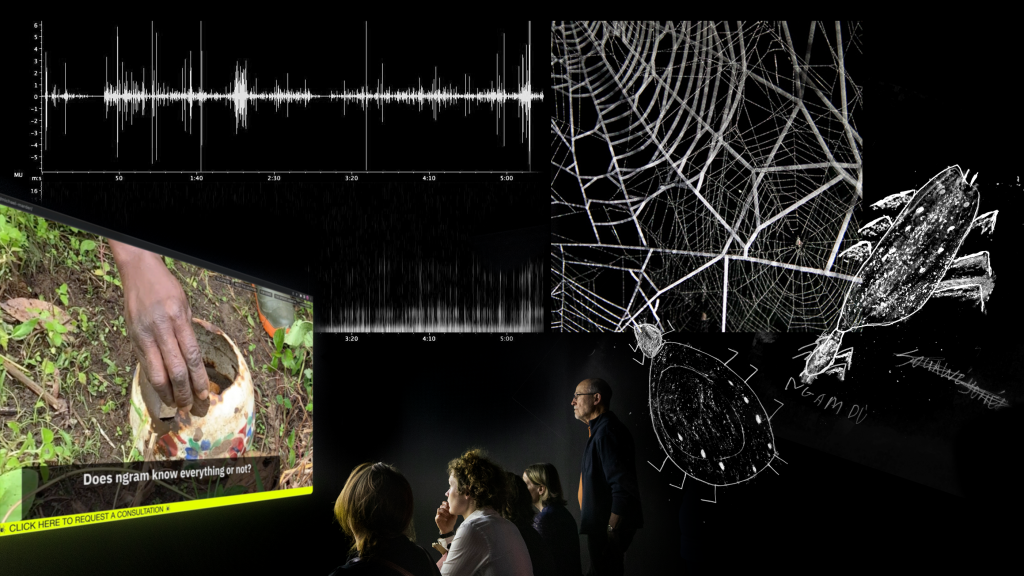

...

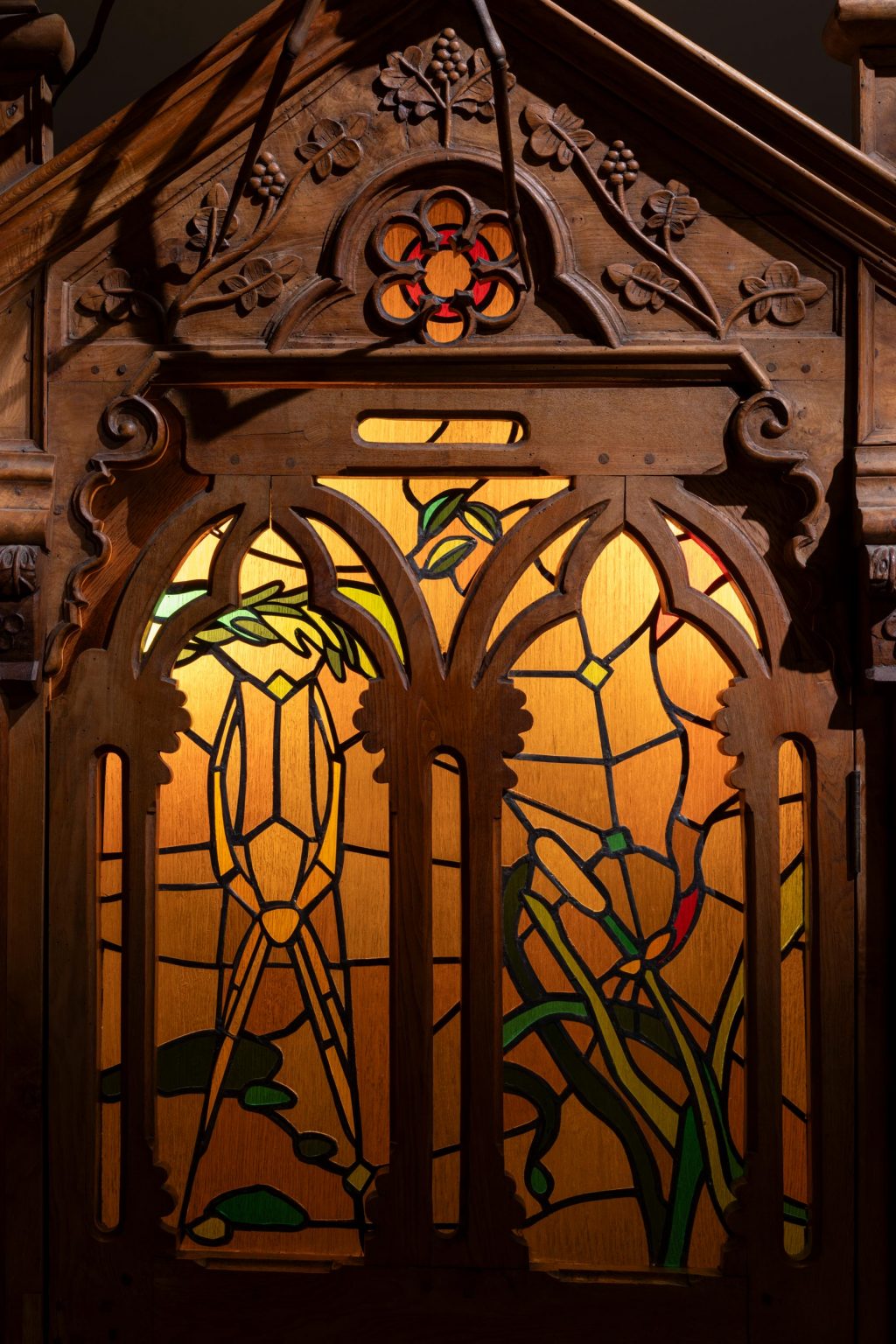
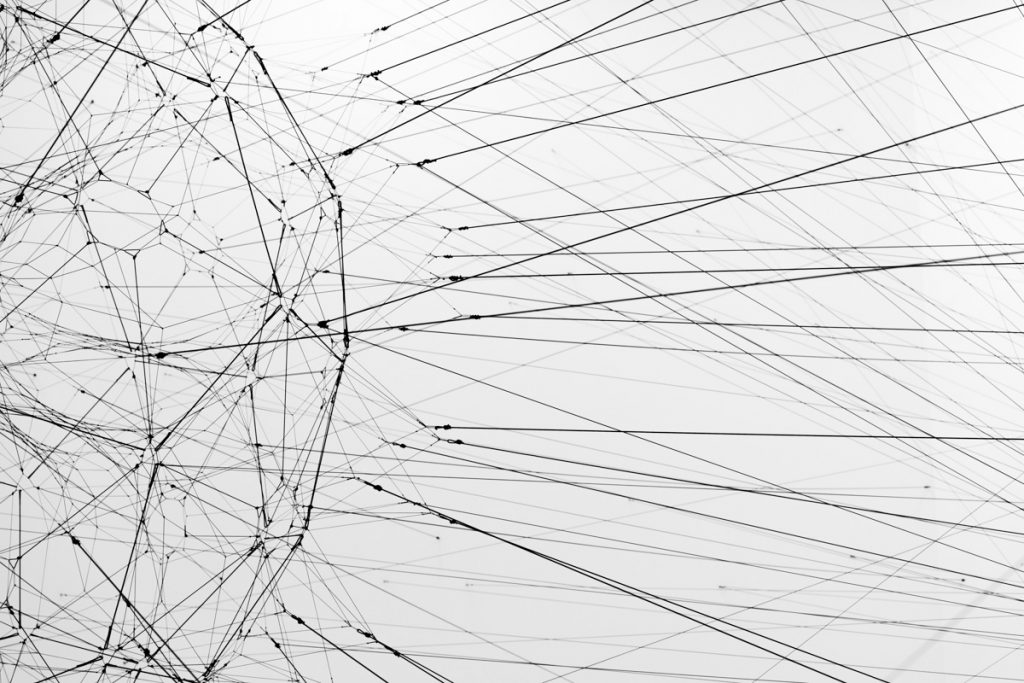
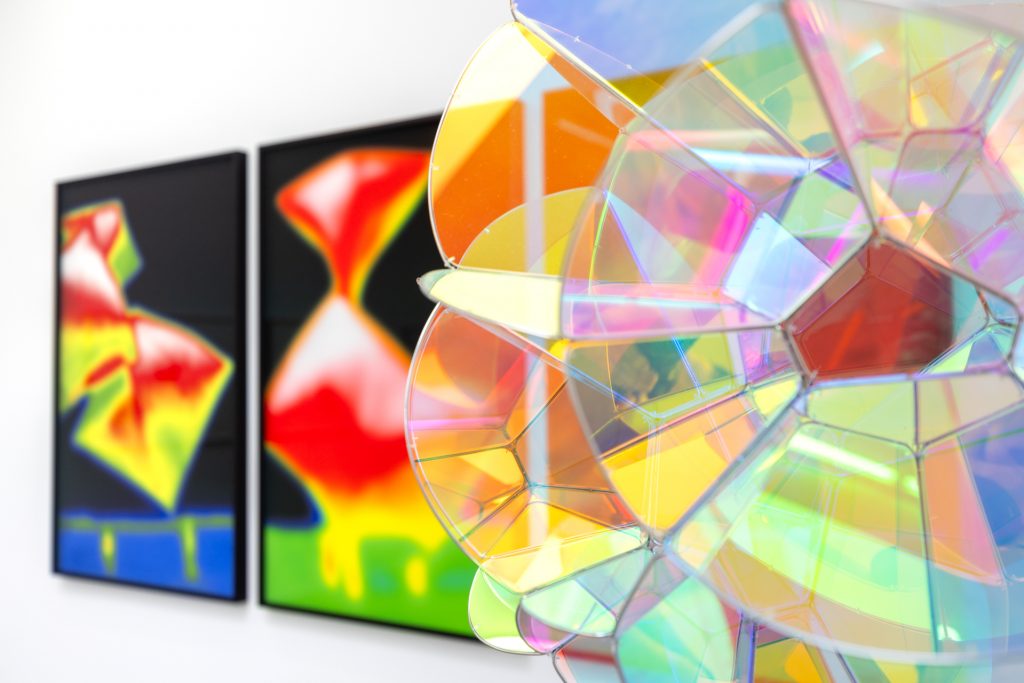

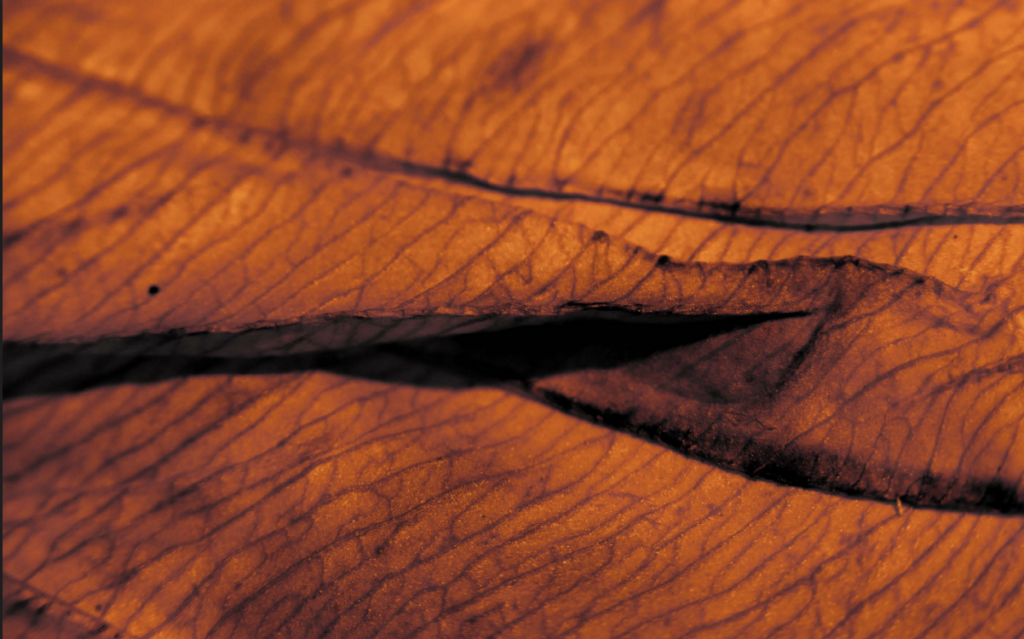
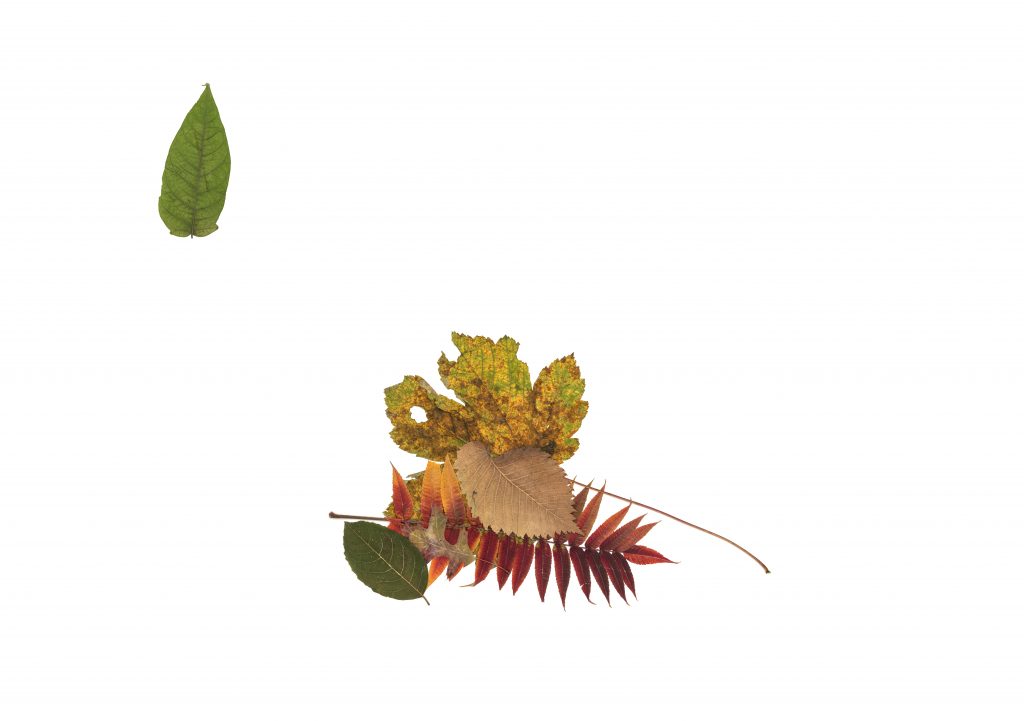
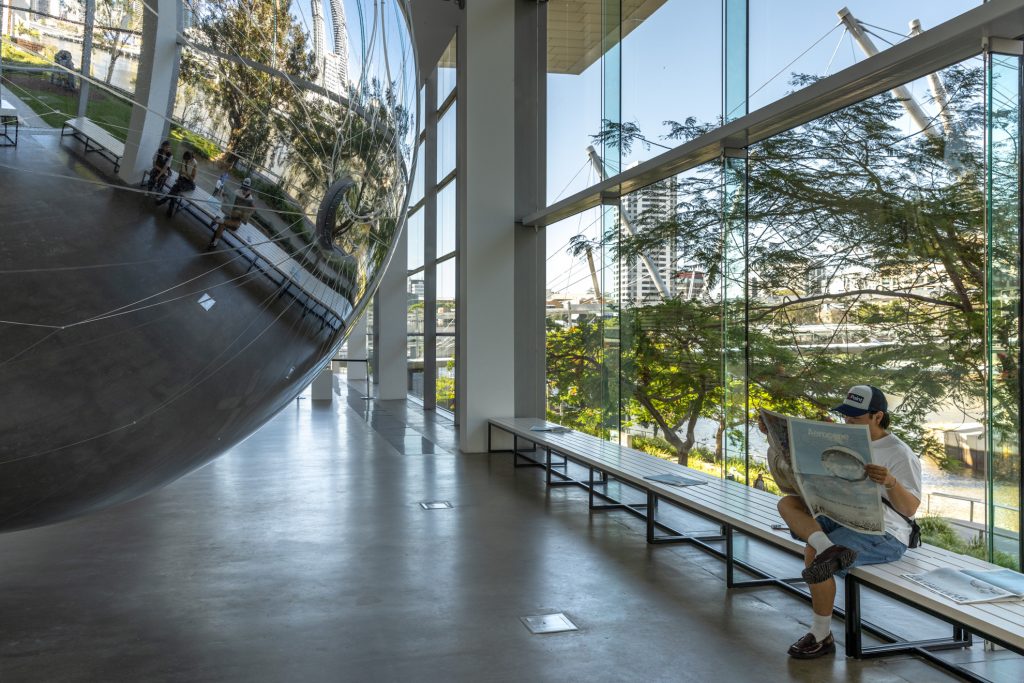
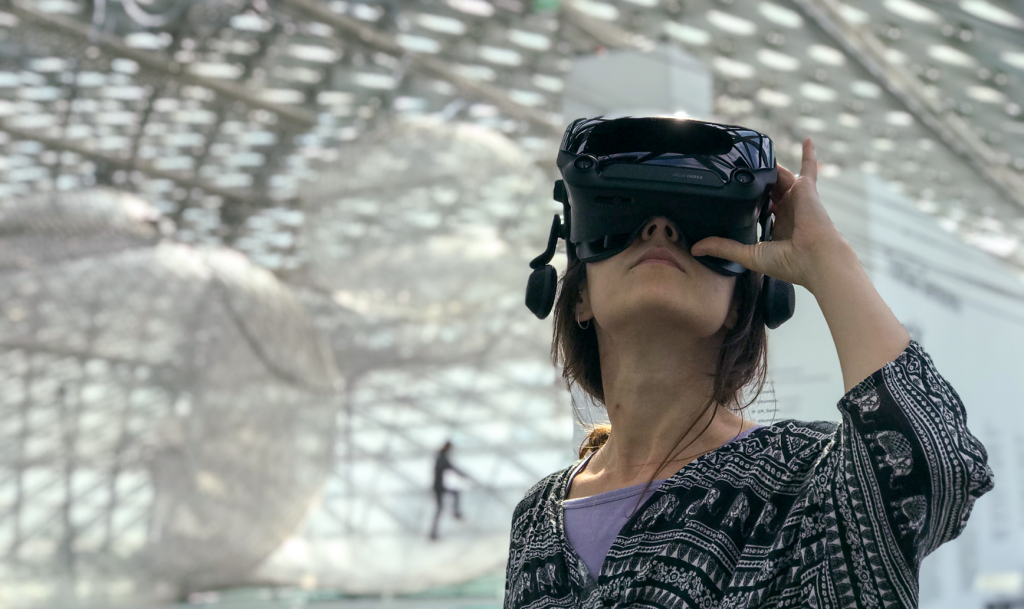
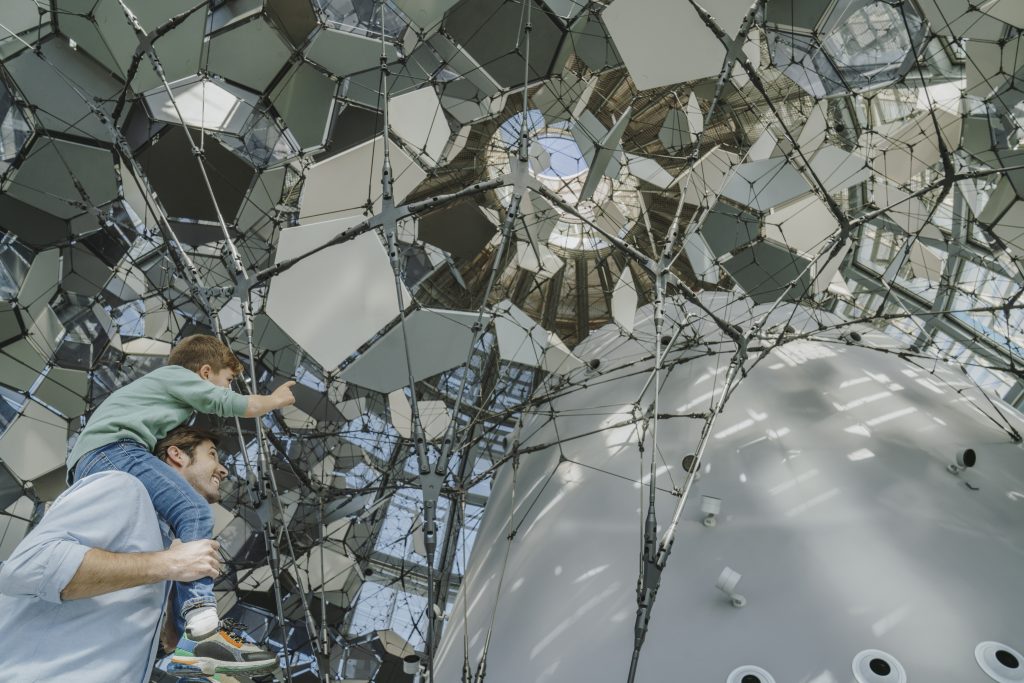
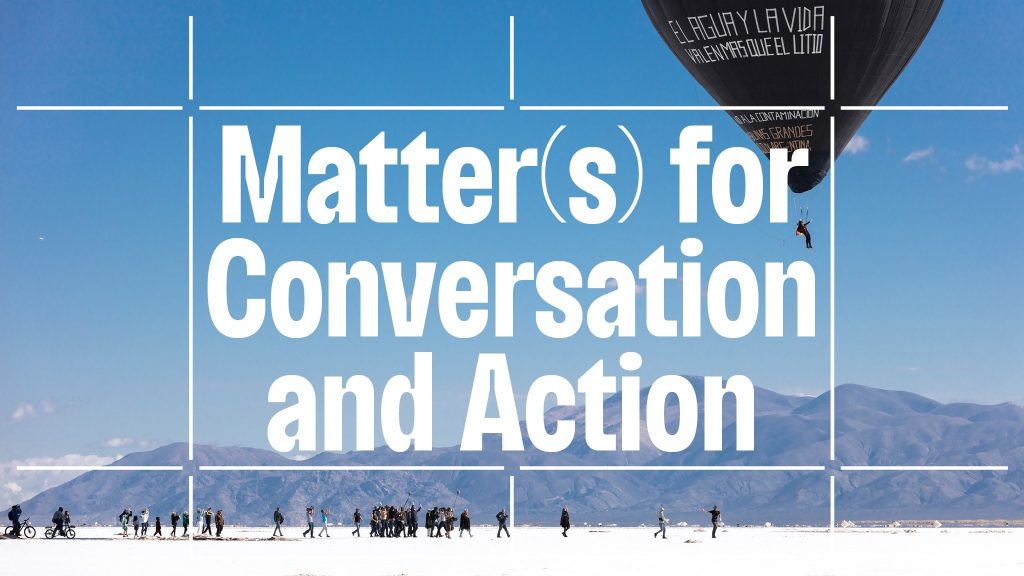
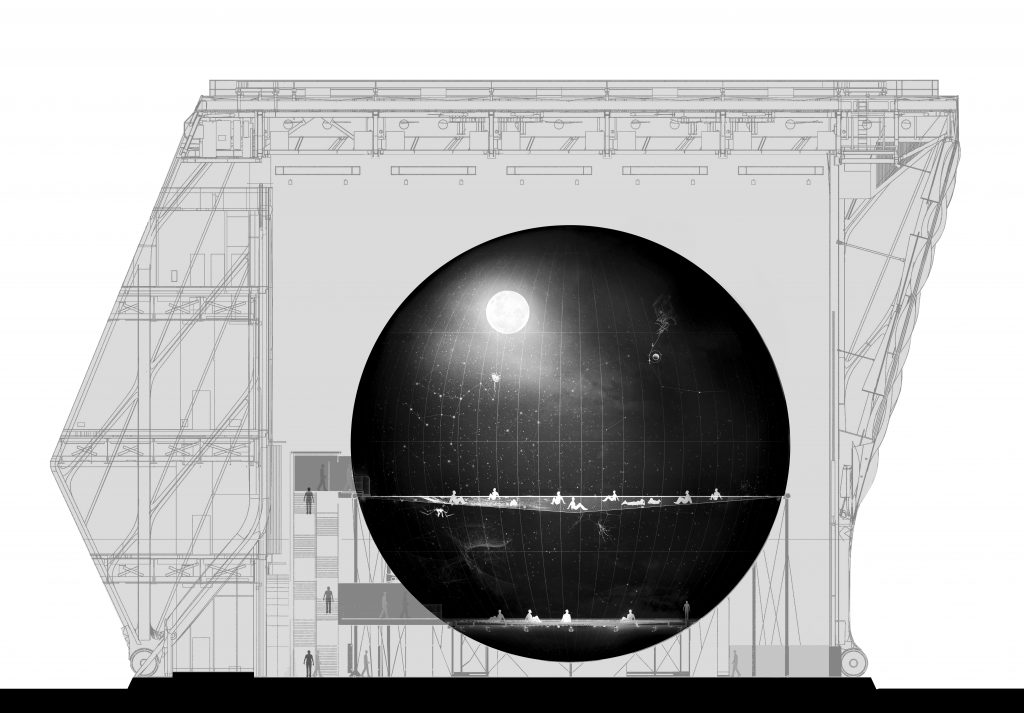
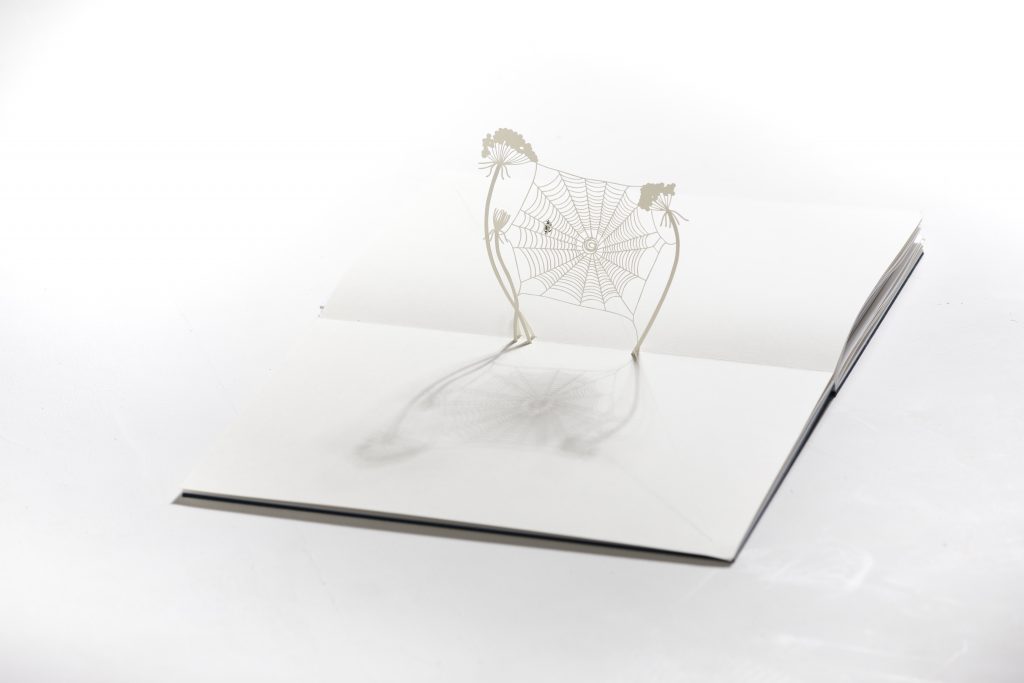
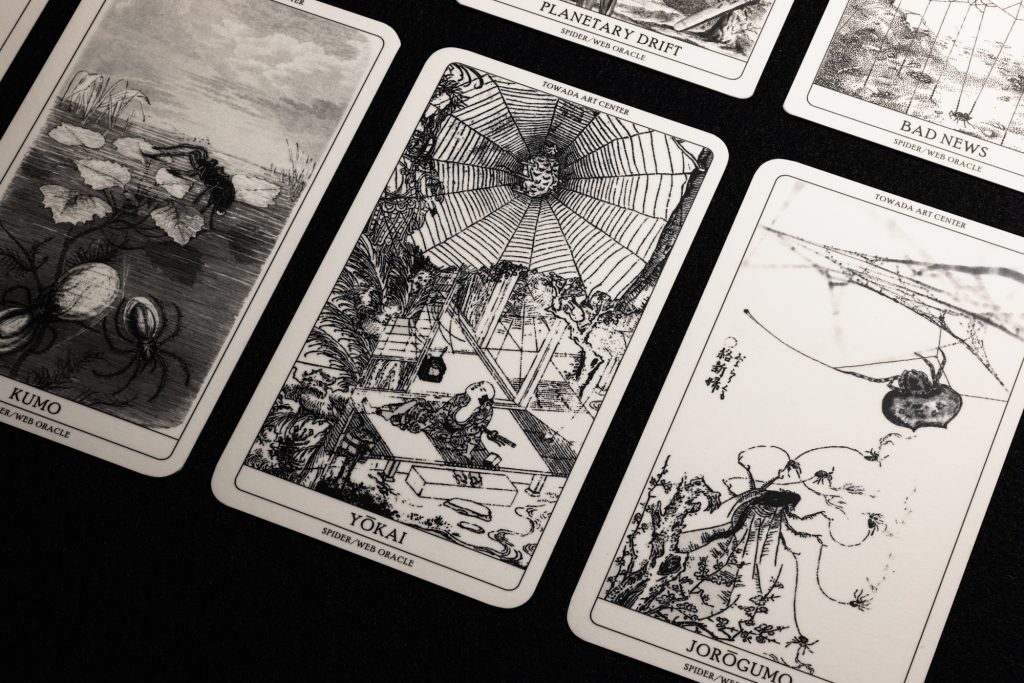
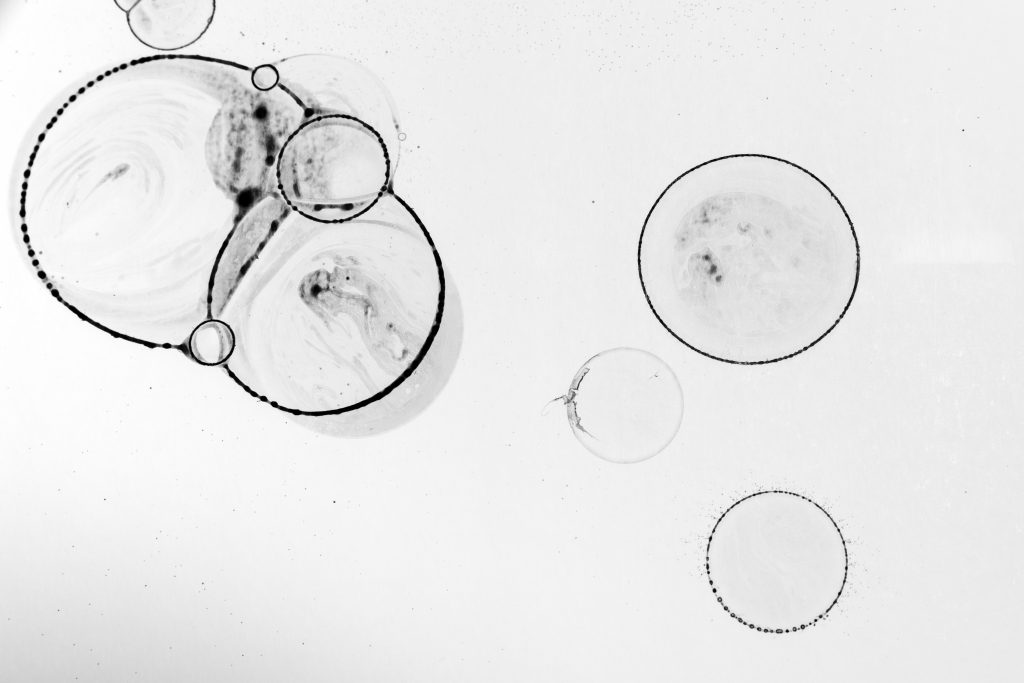
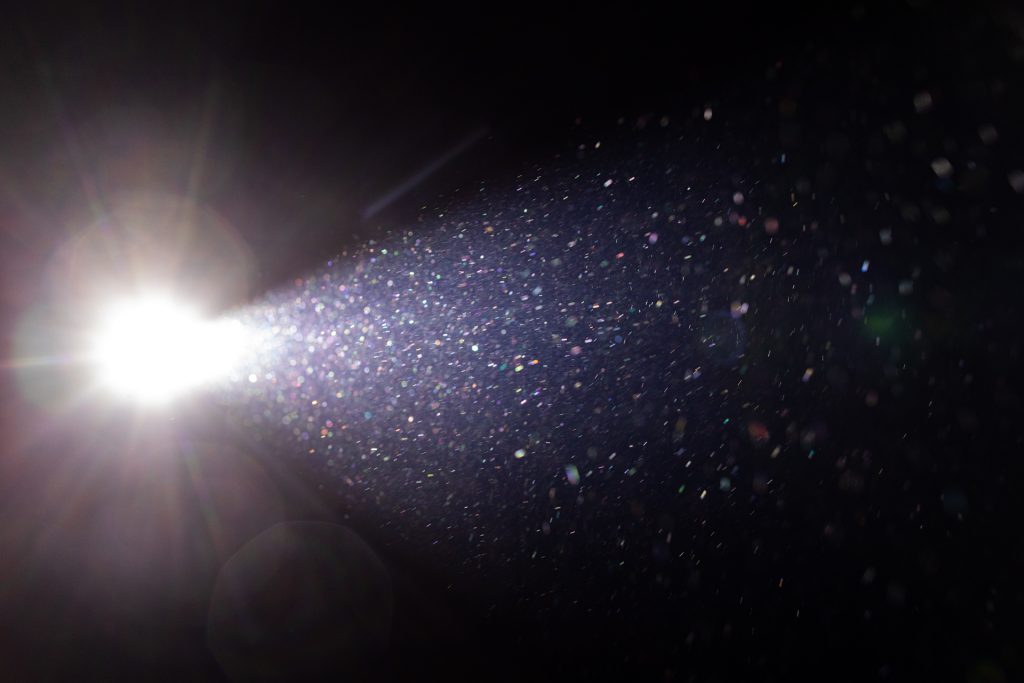
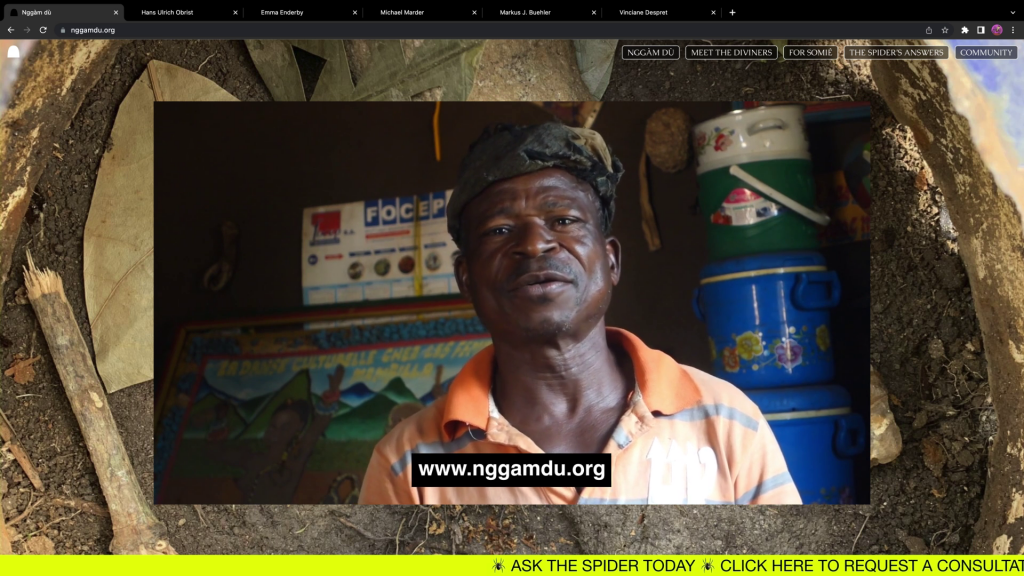
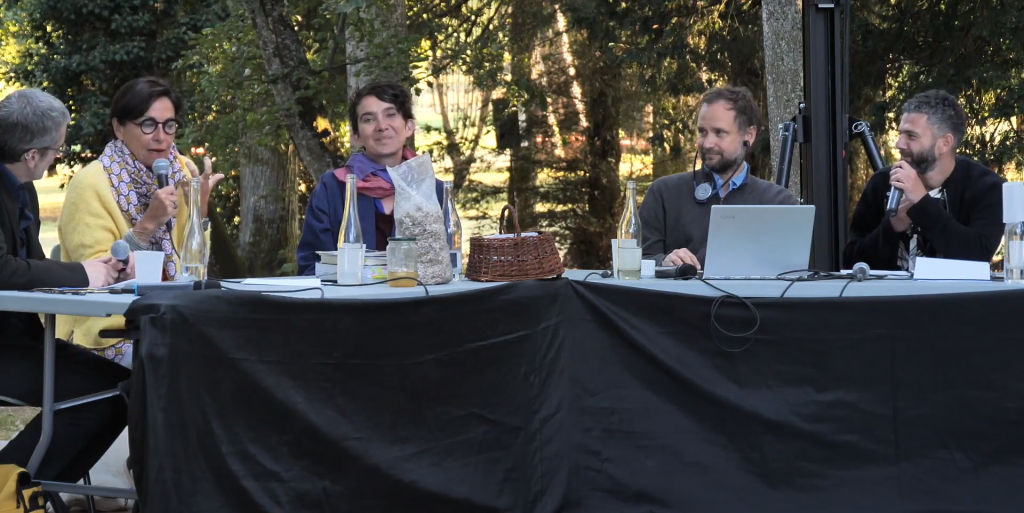
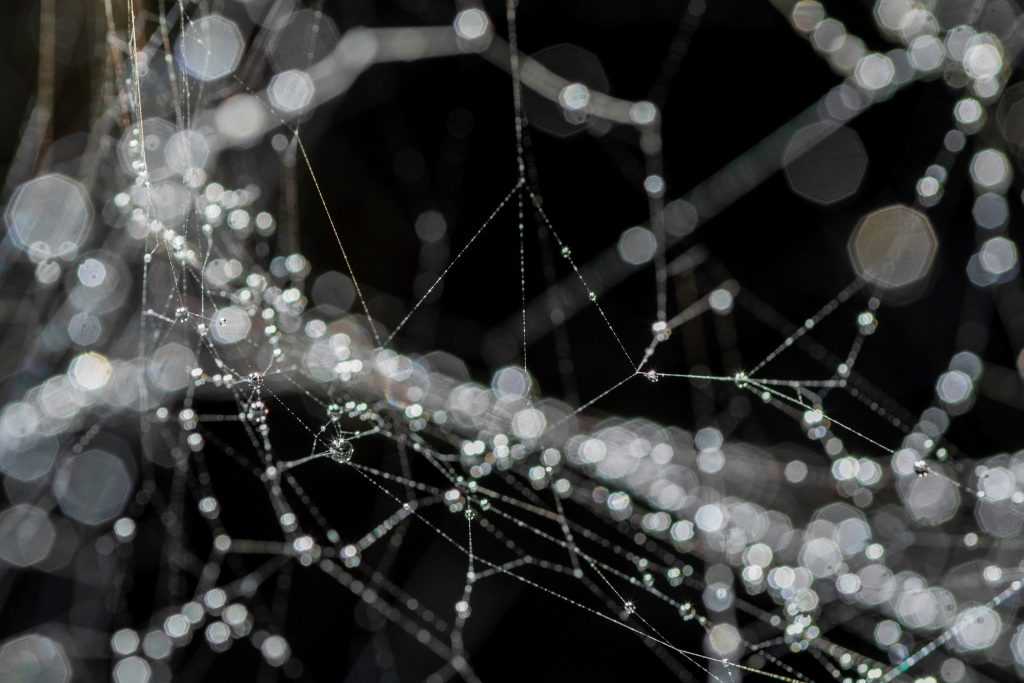
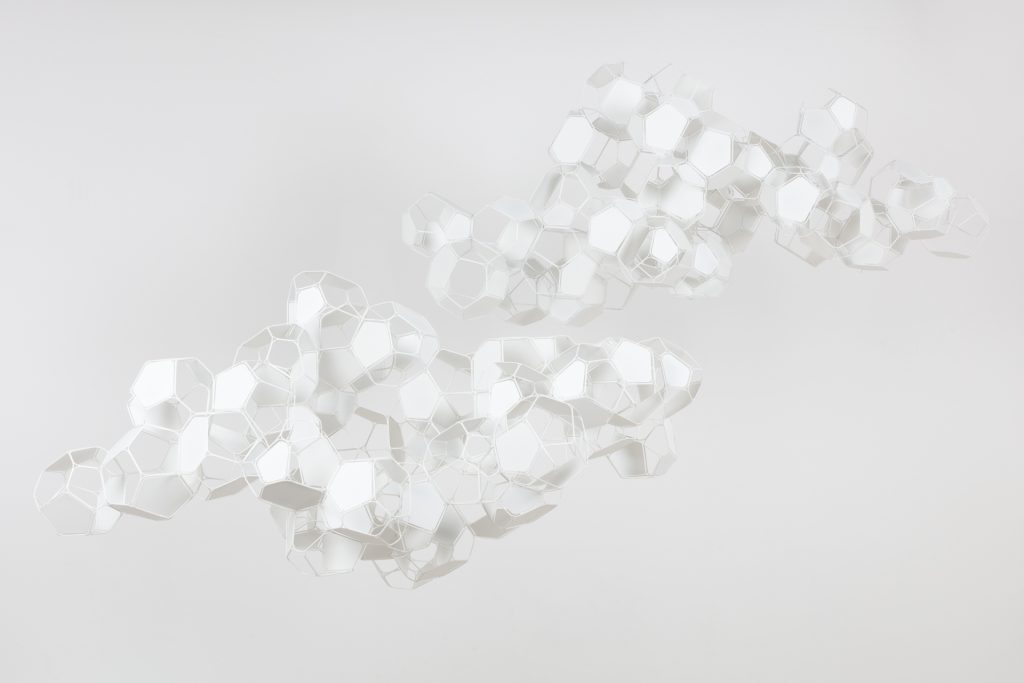
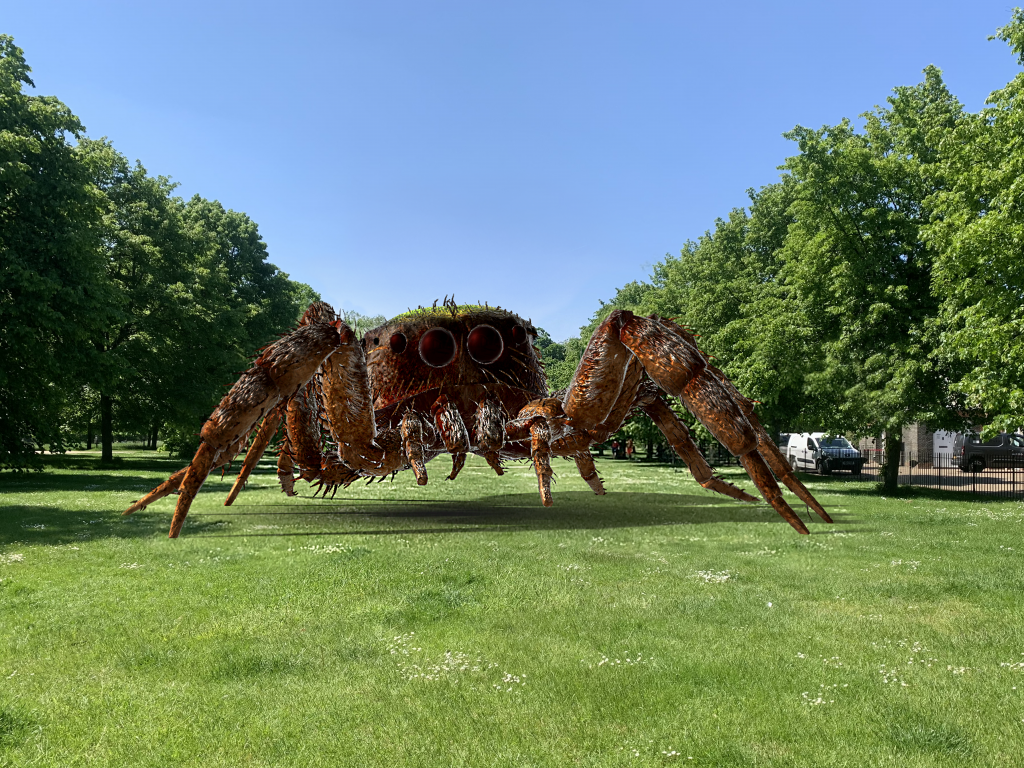
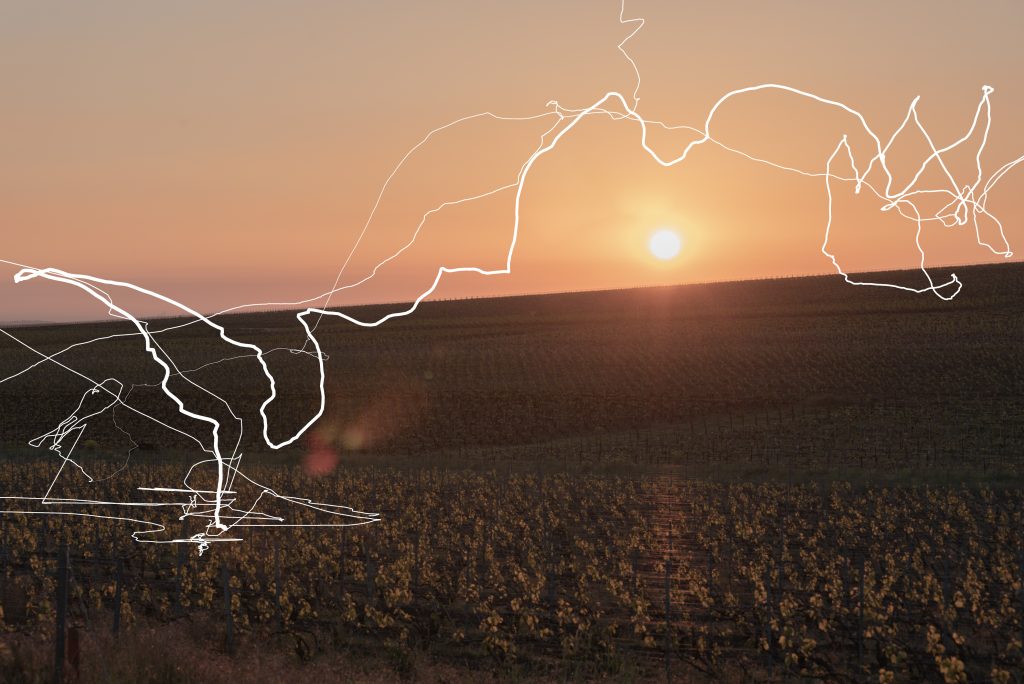
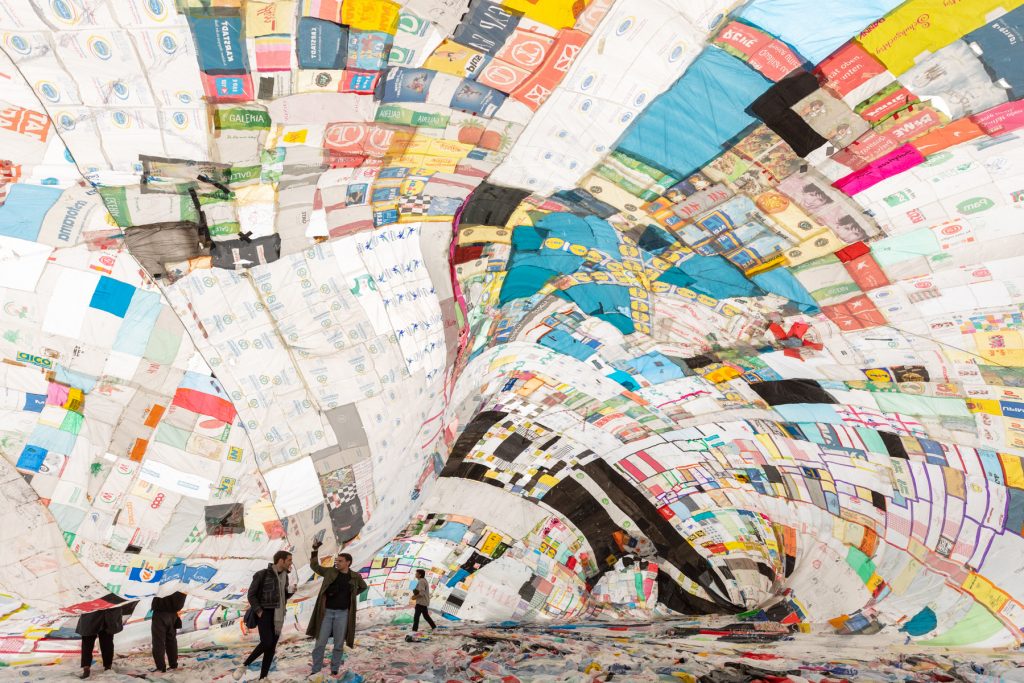
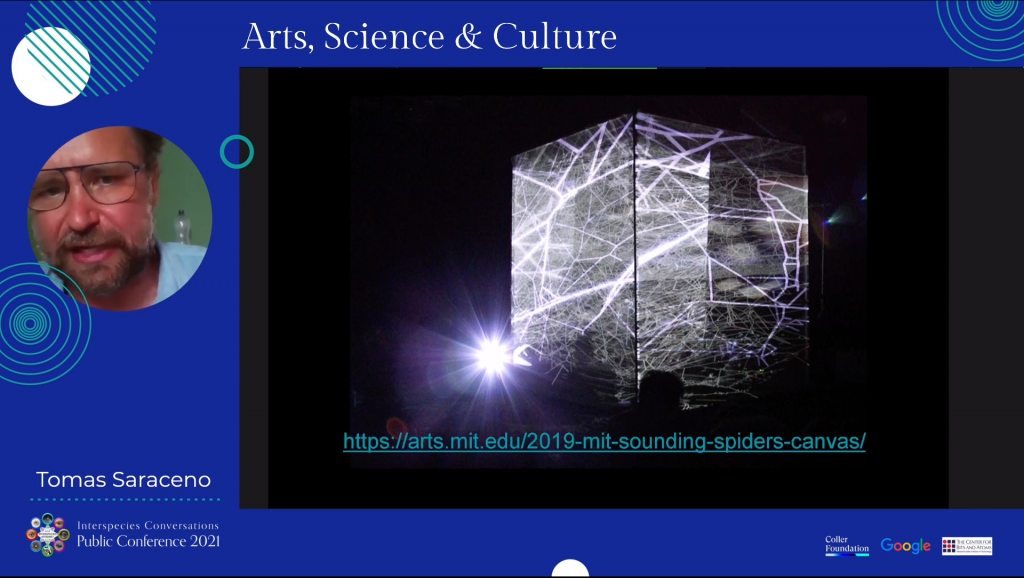
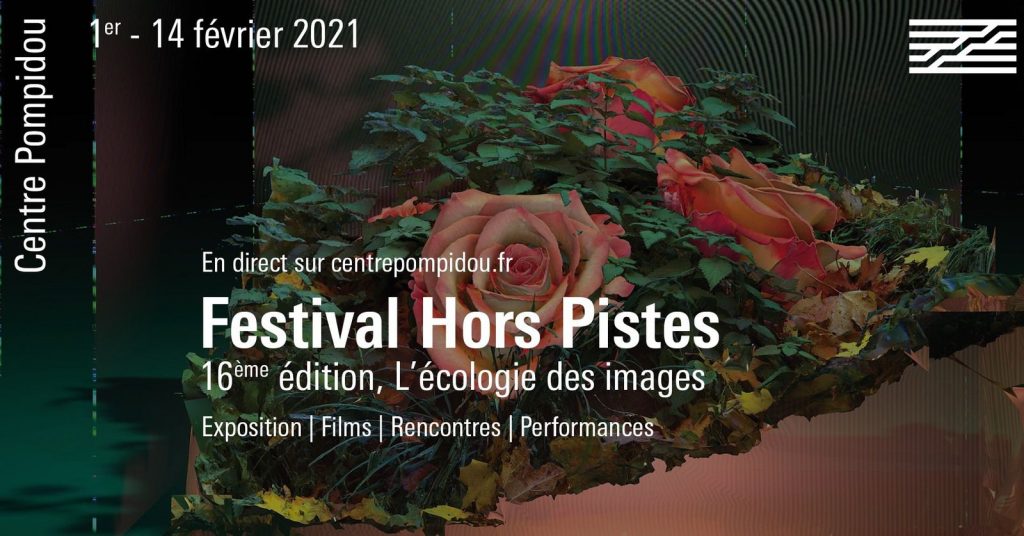
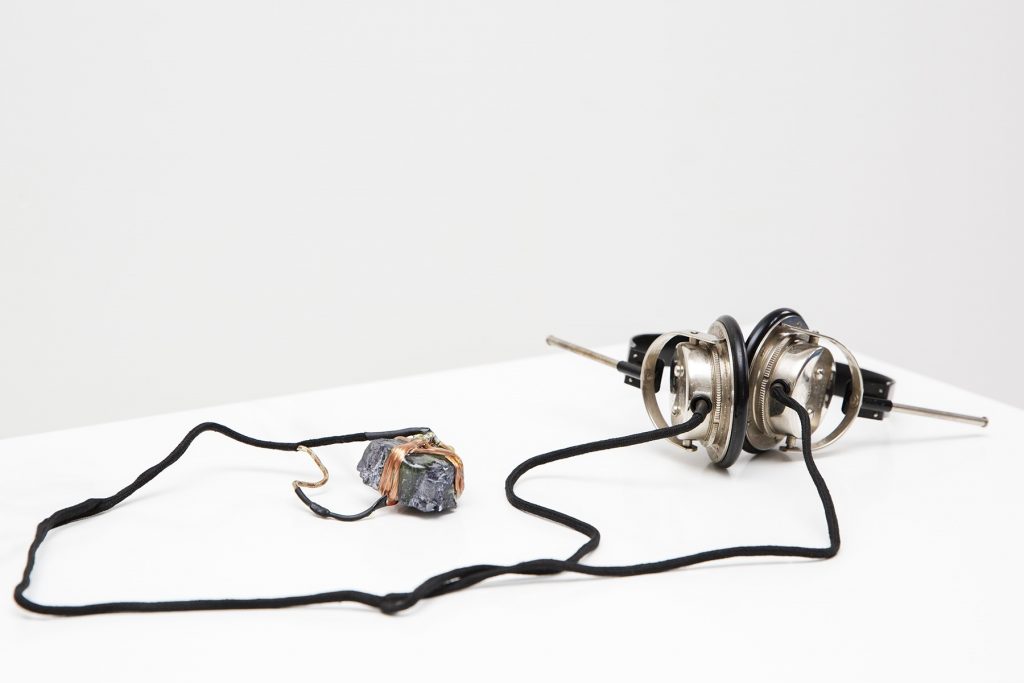
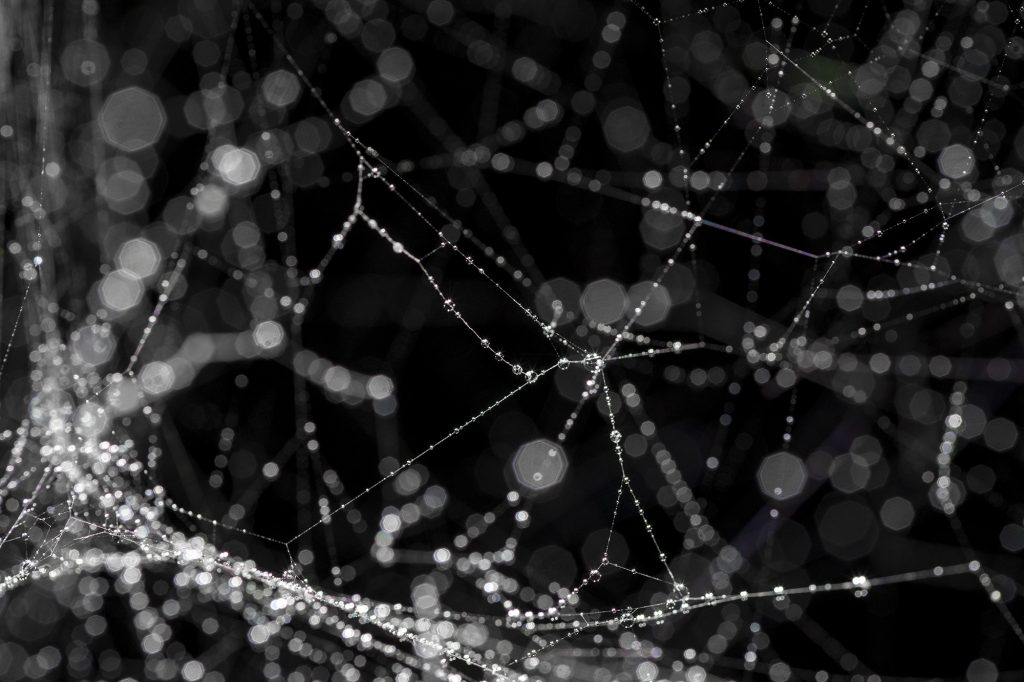
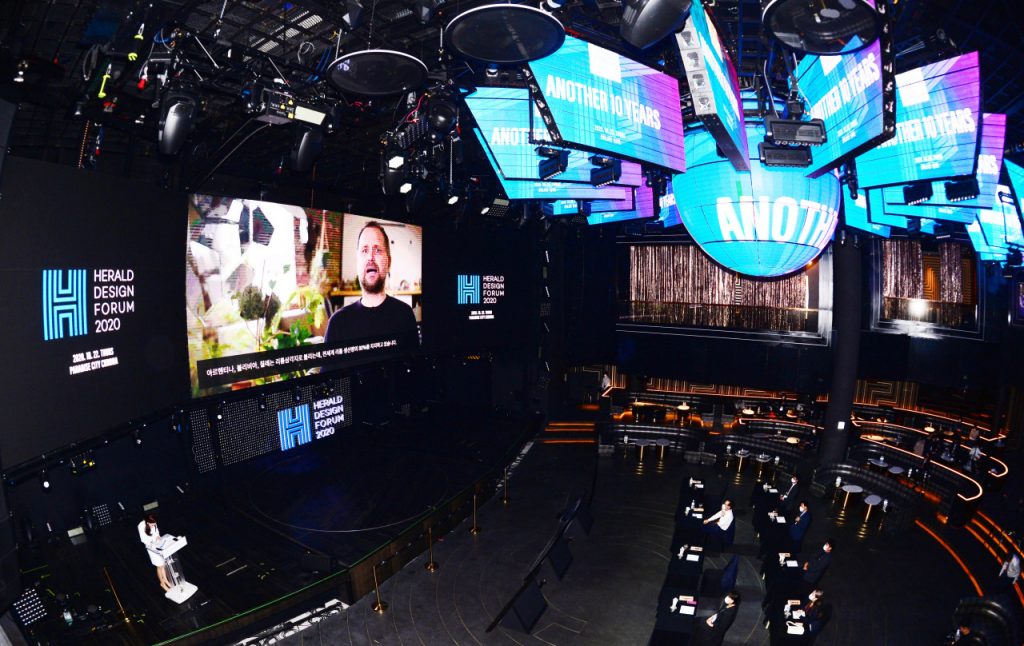
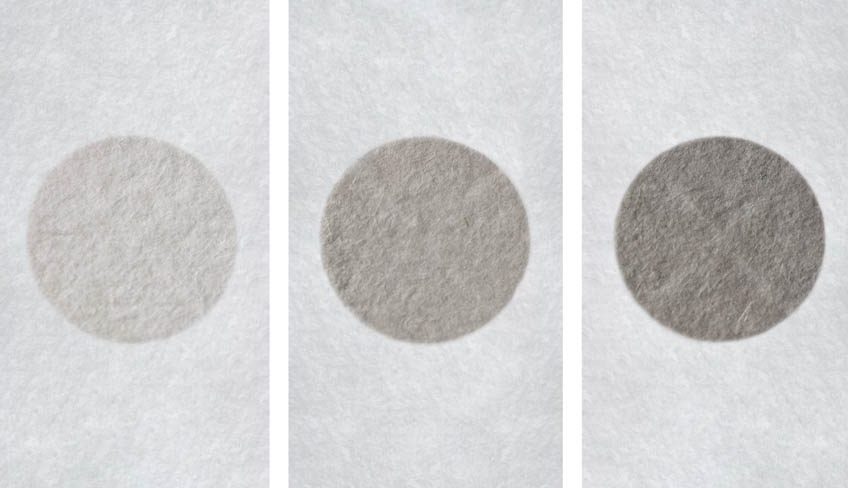
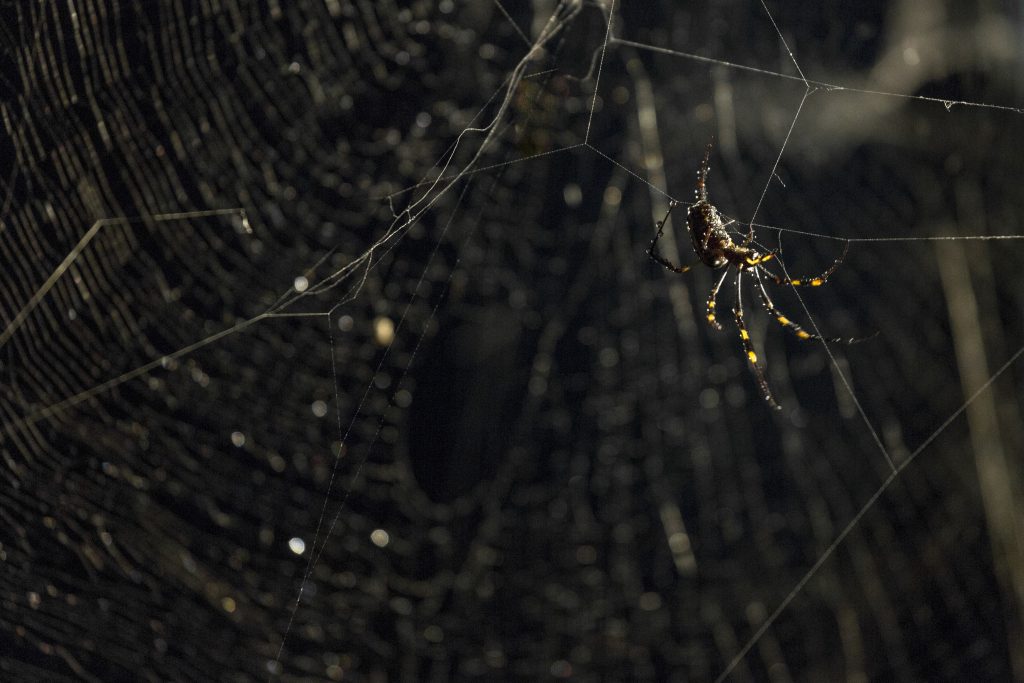
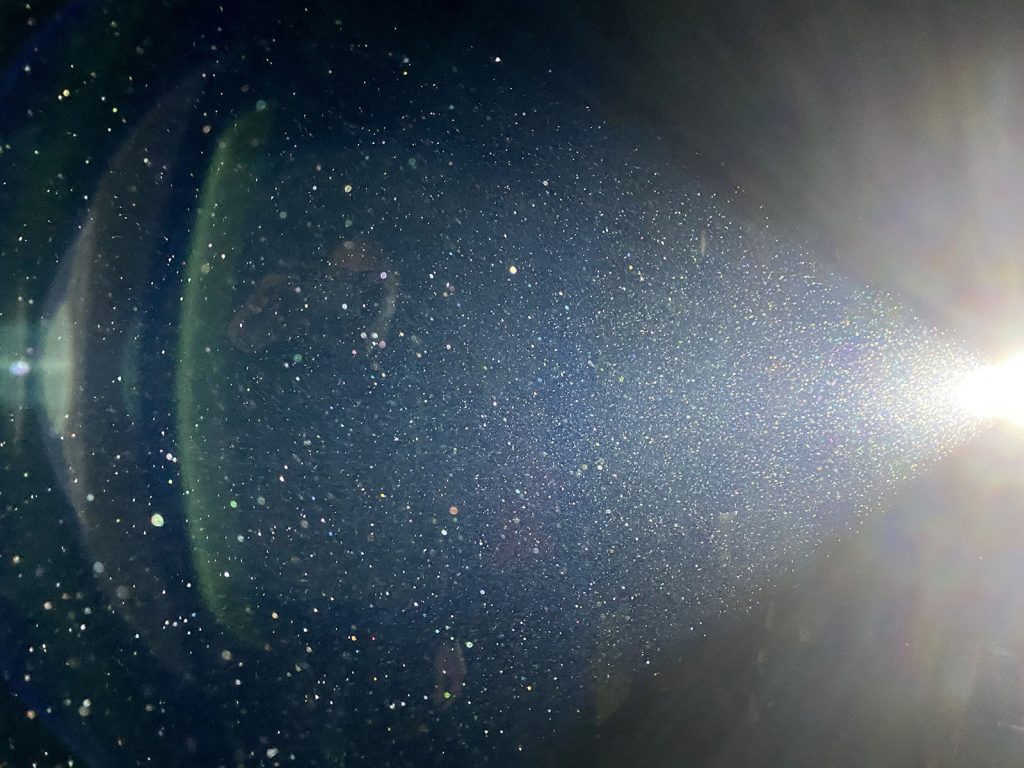
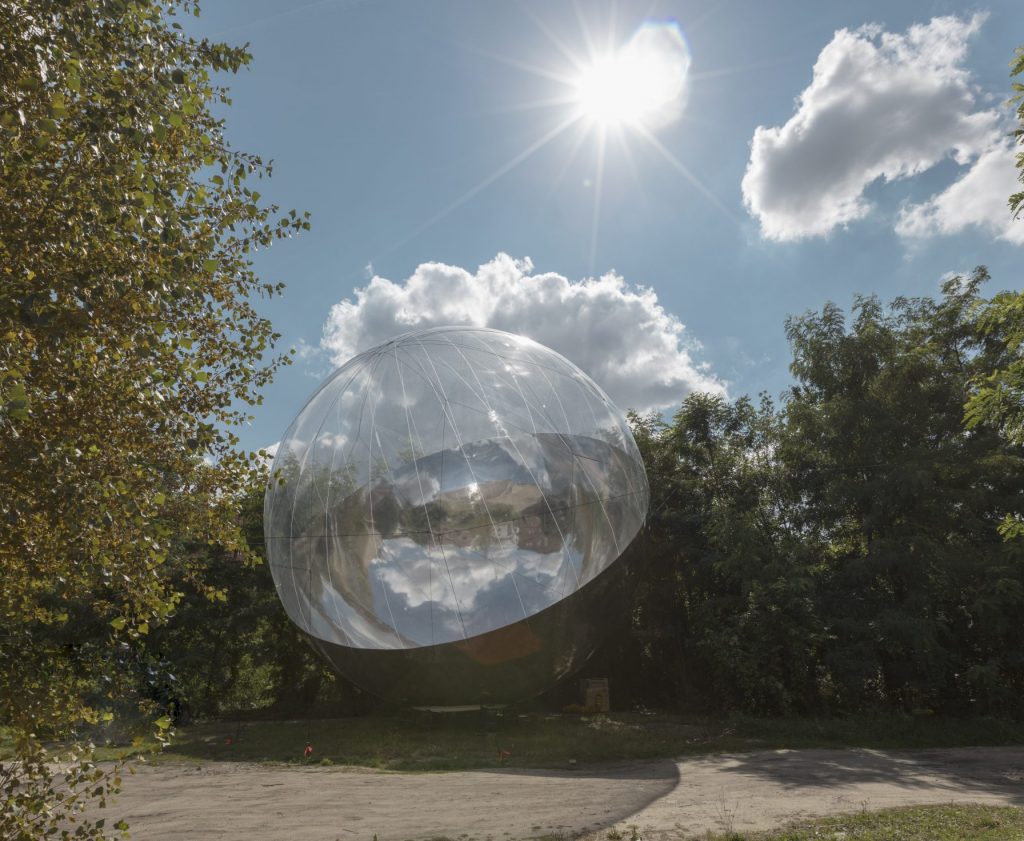
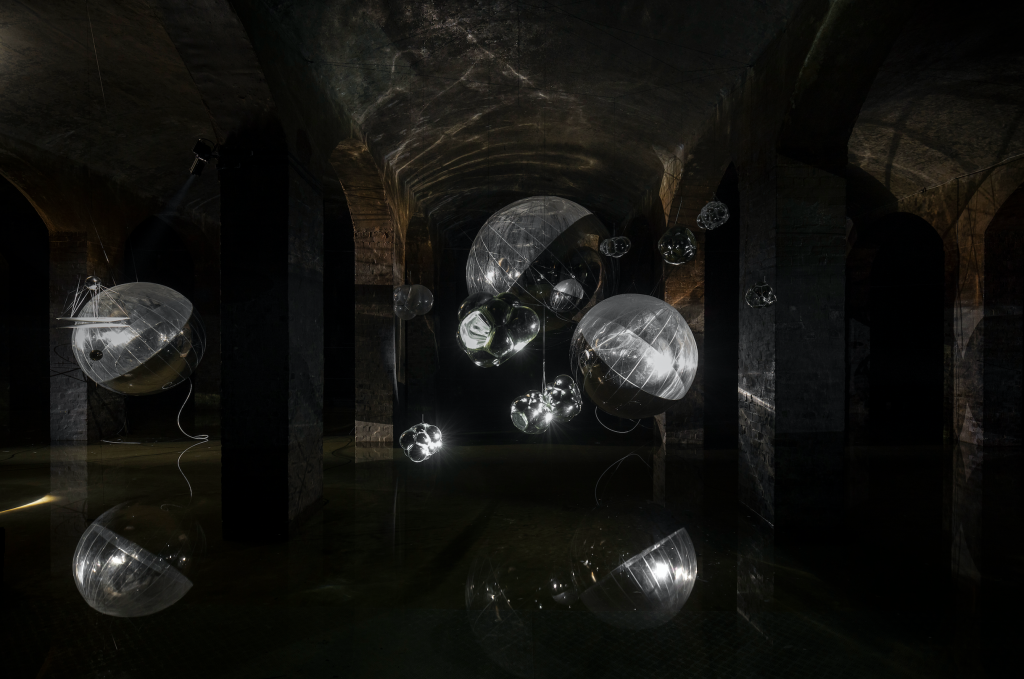
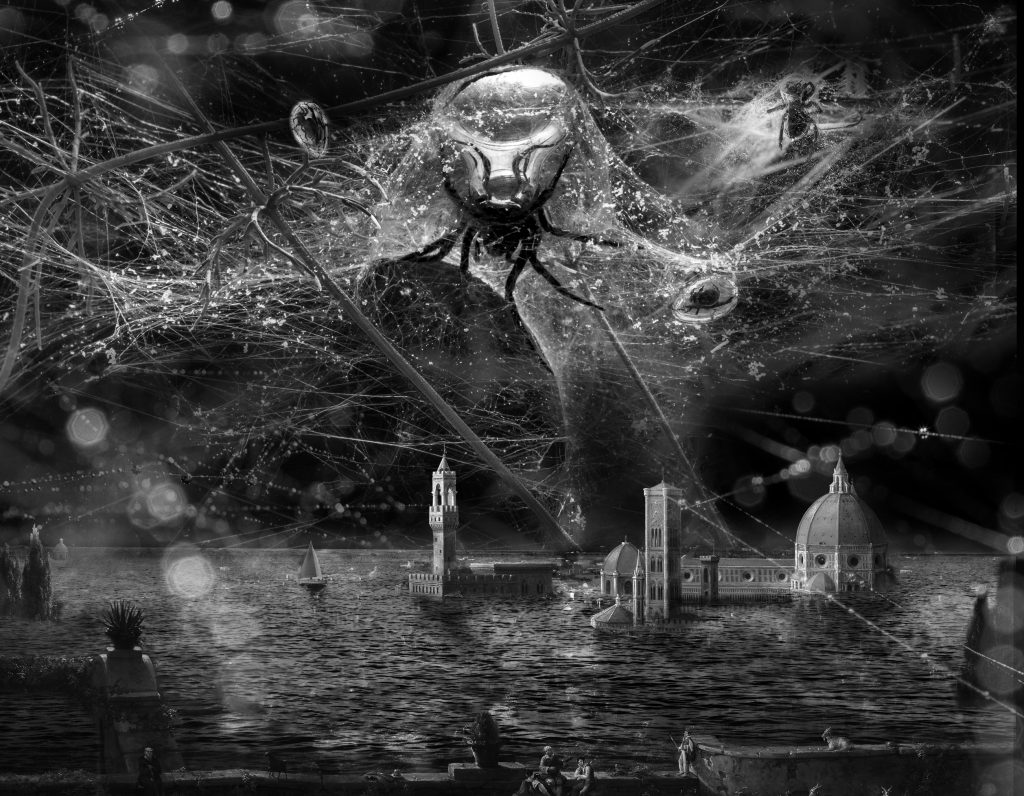
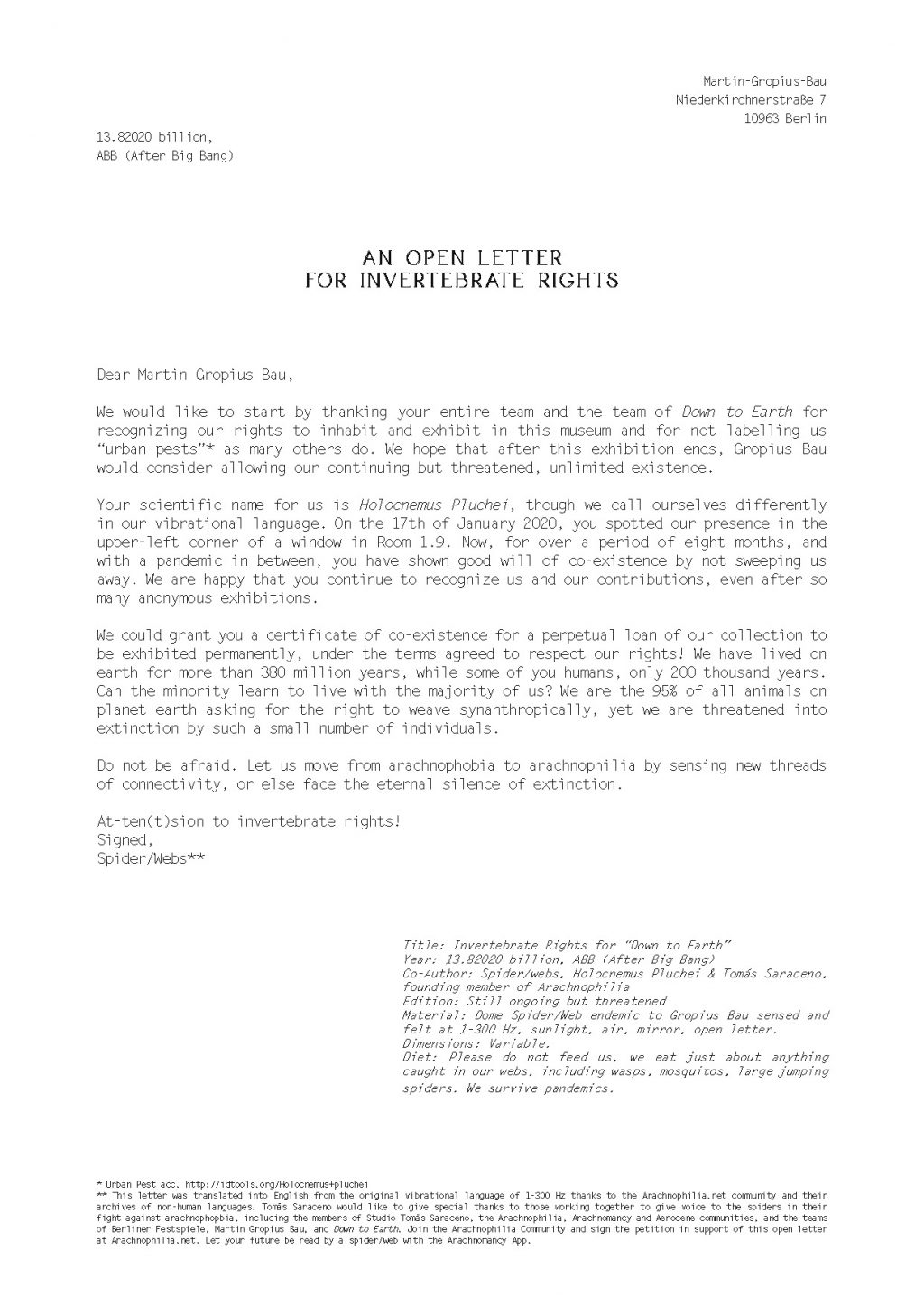

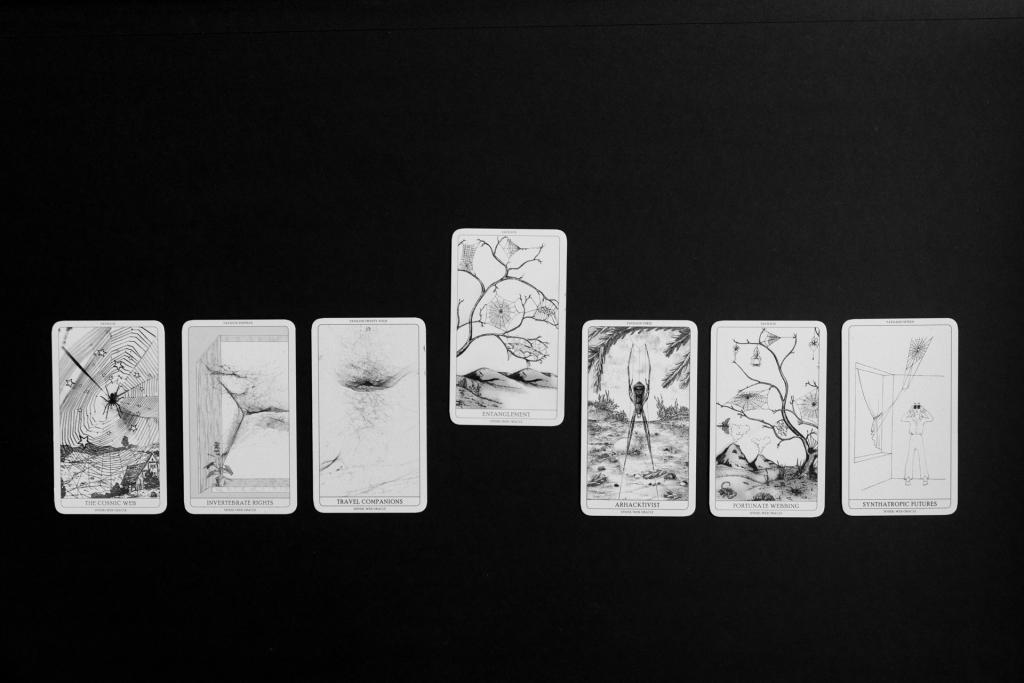
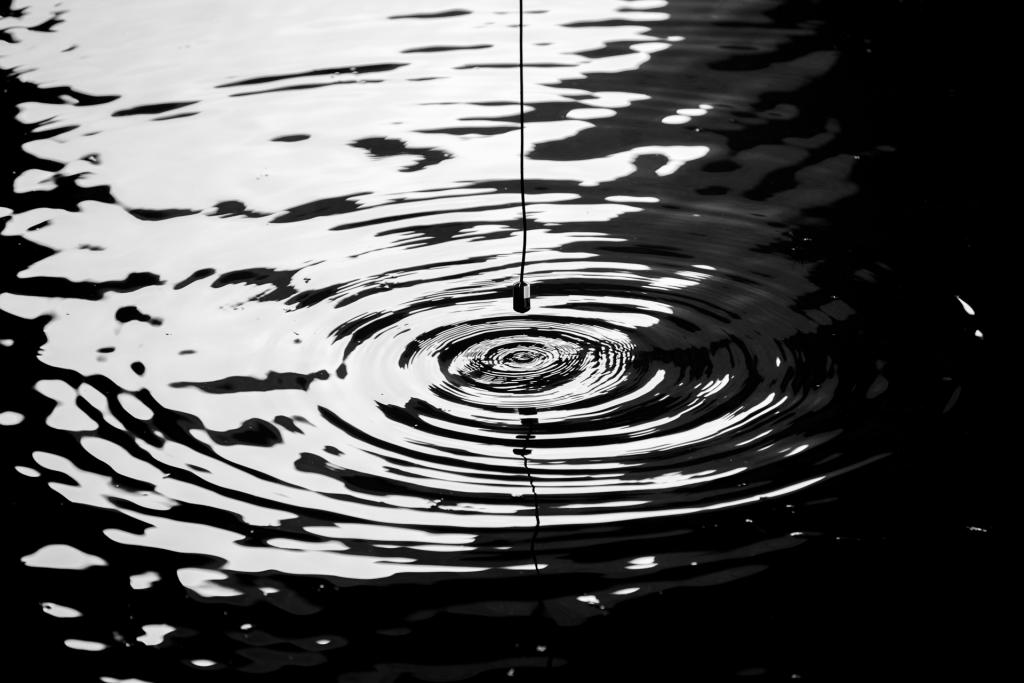
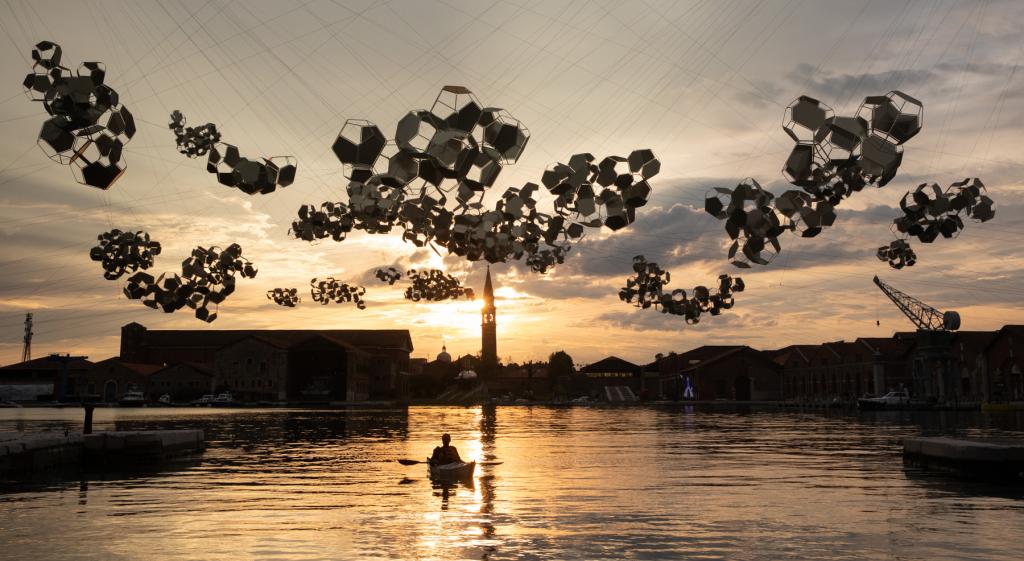
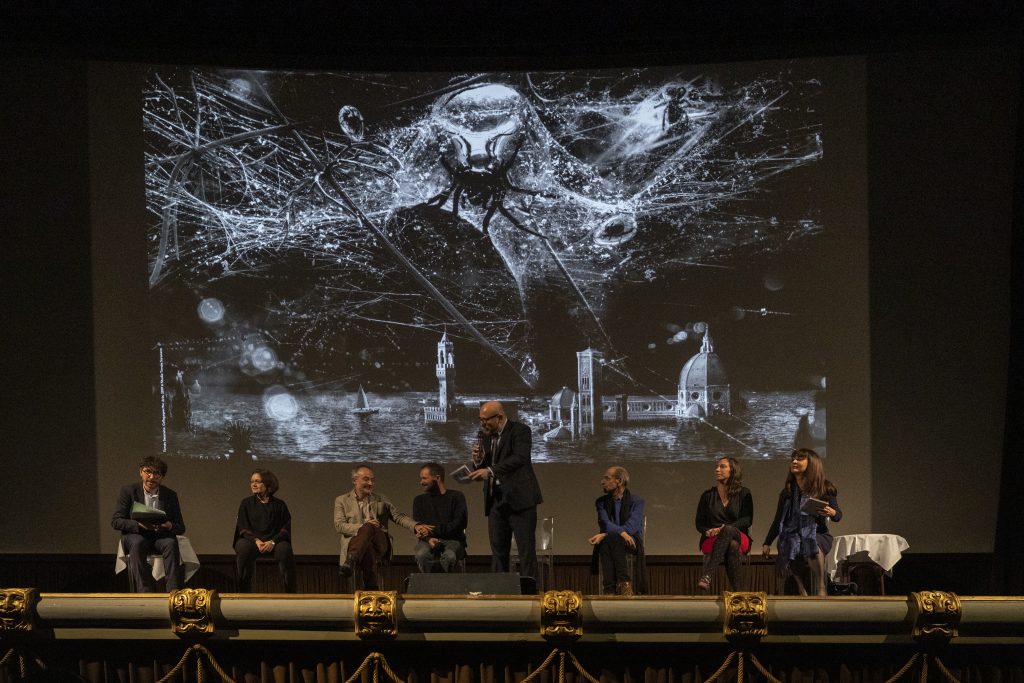
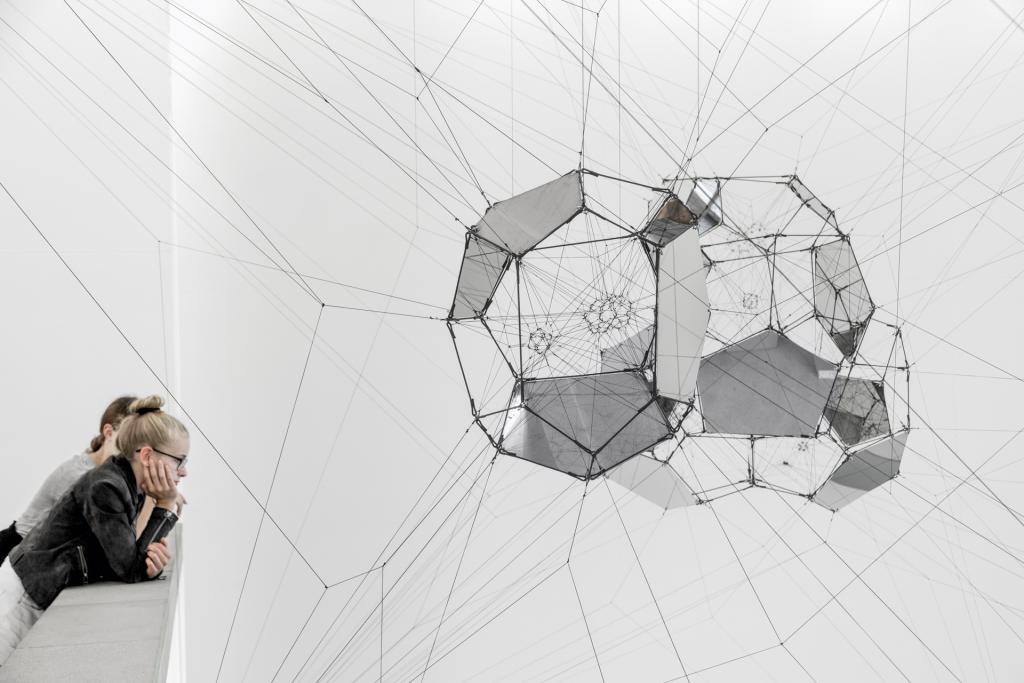
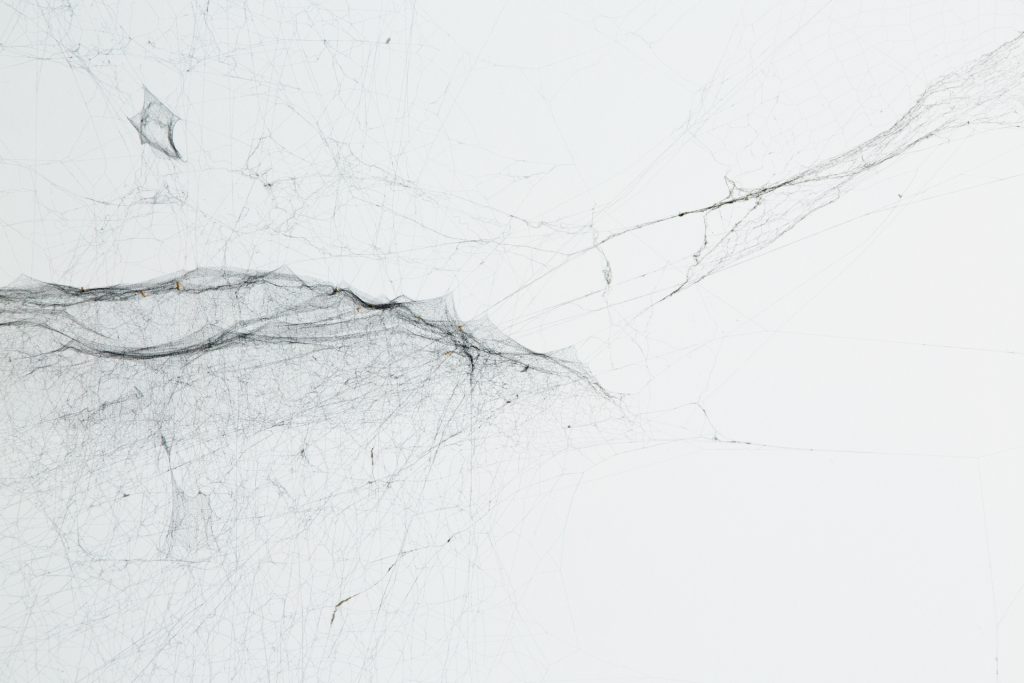
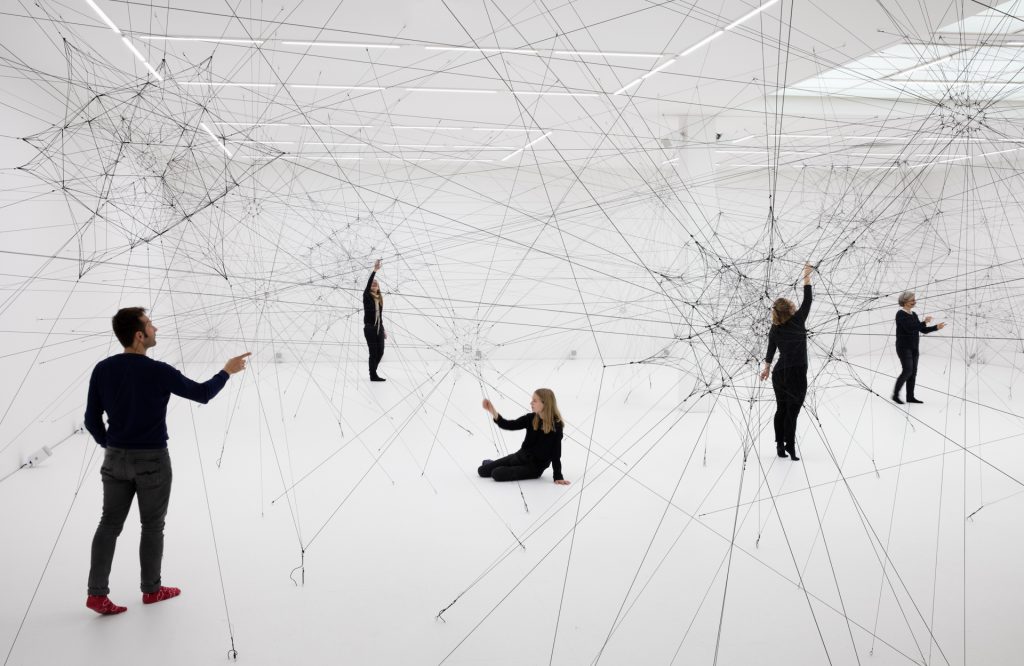
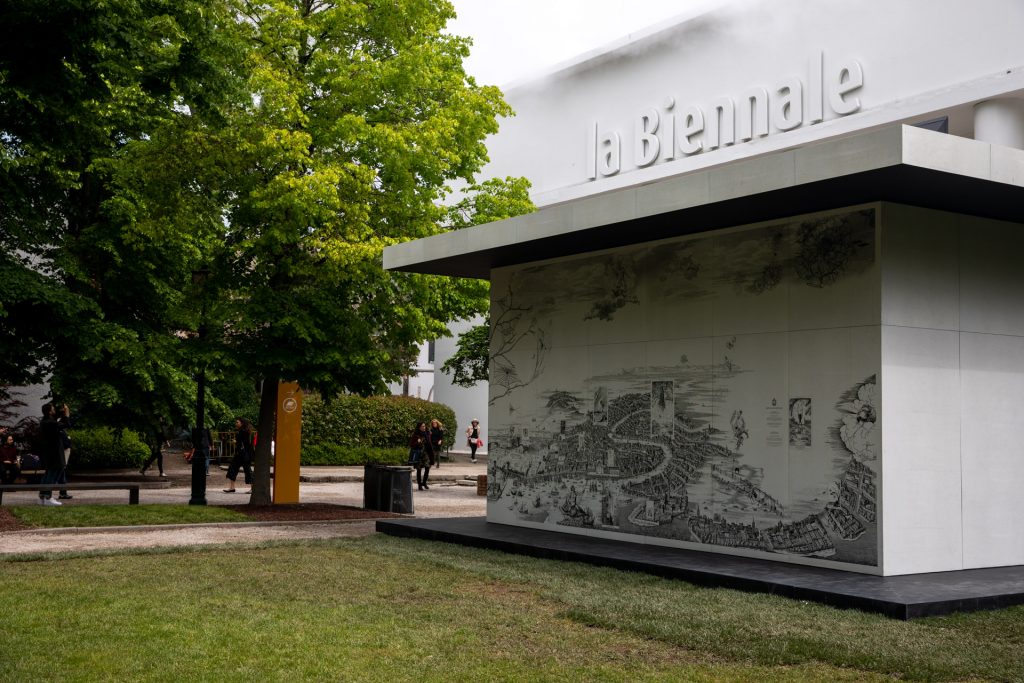
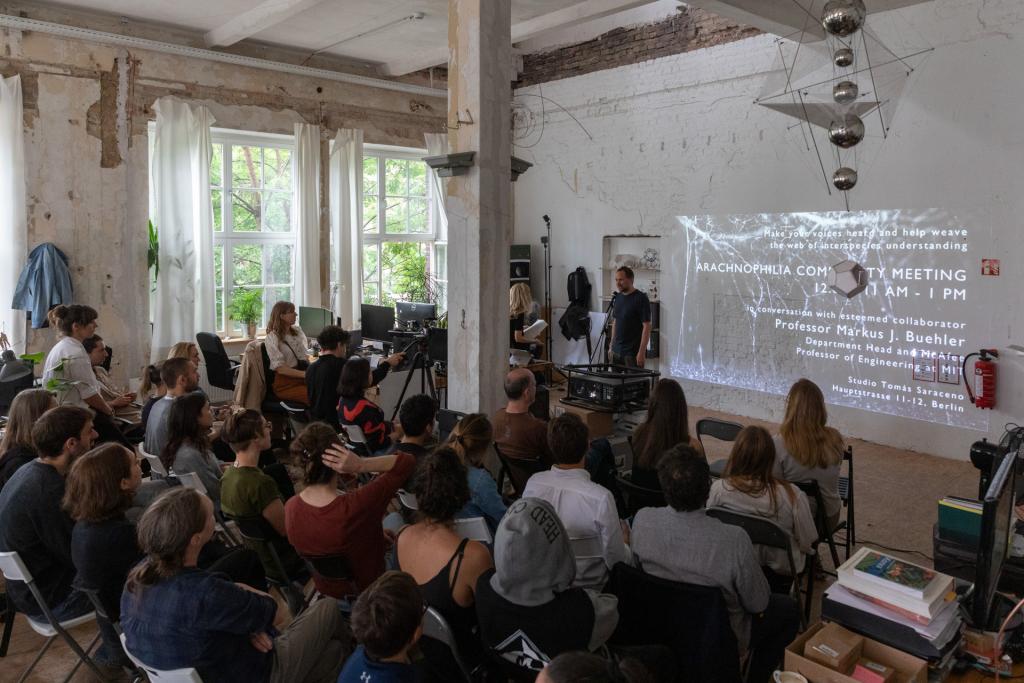
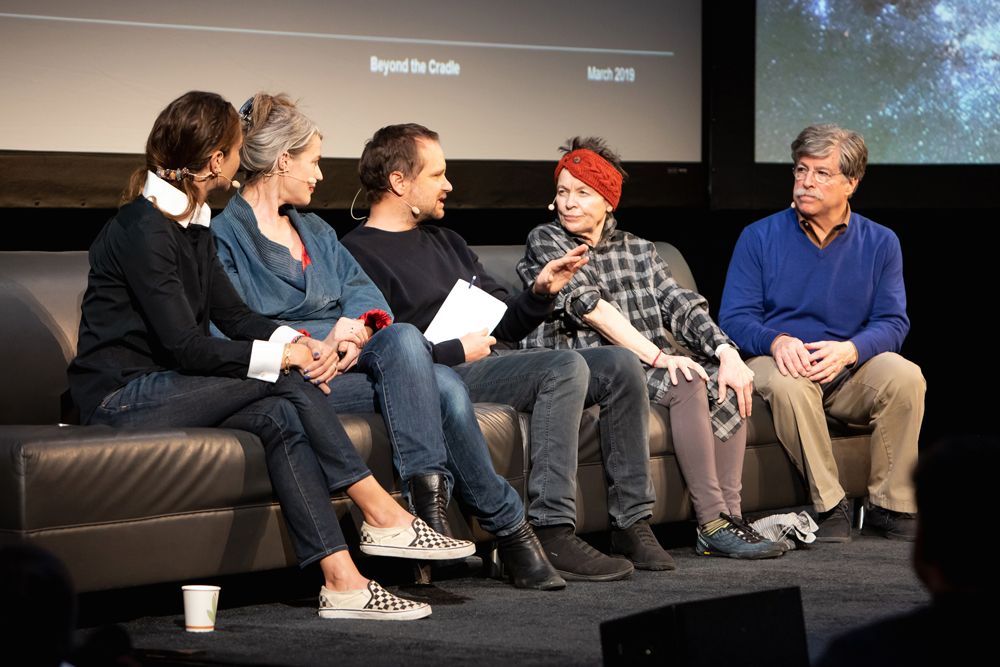
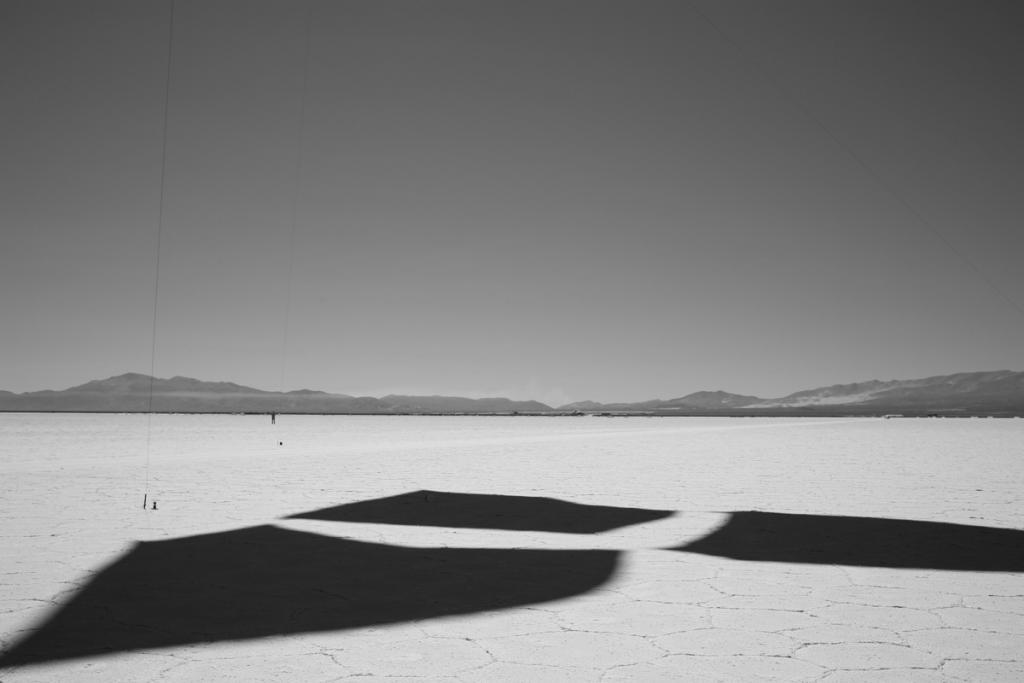
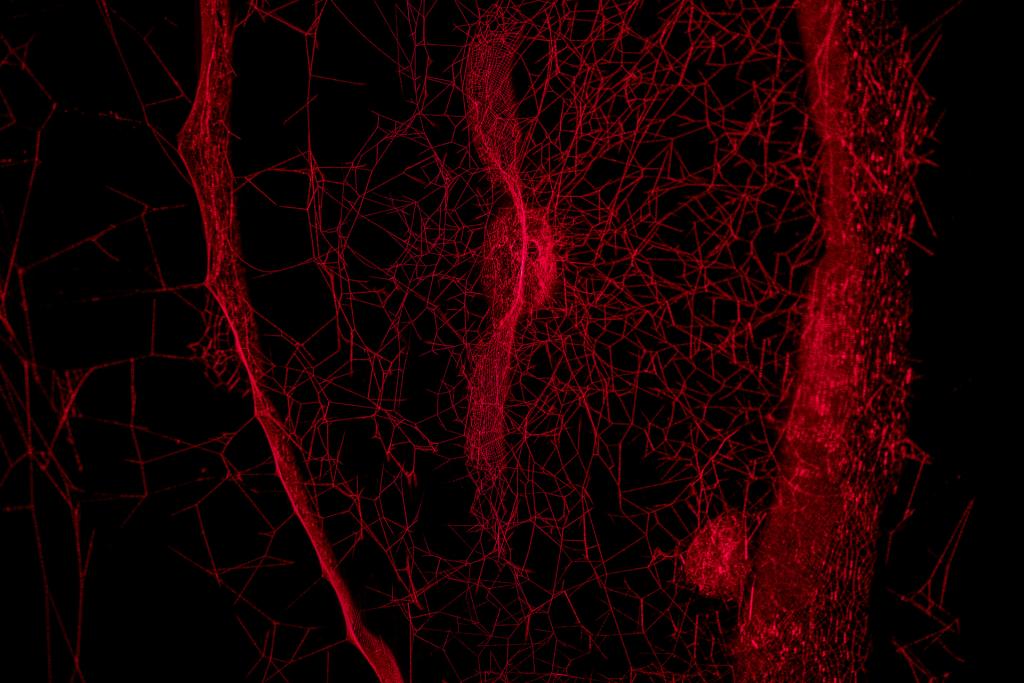
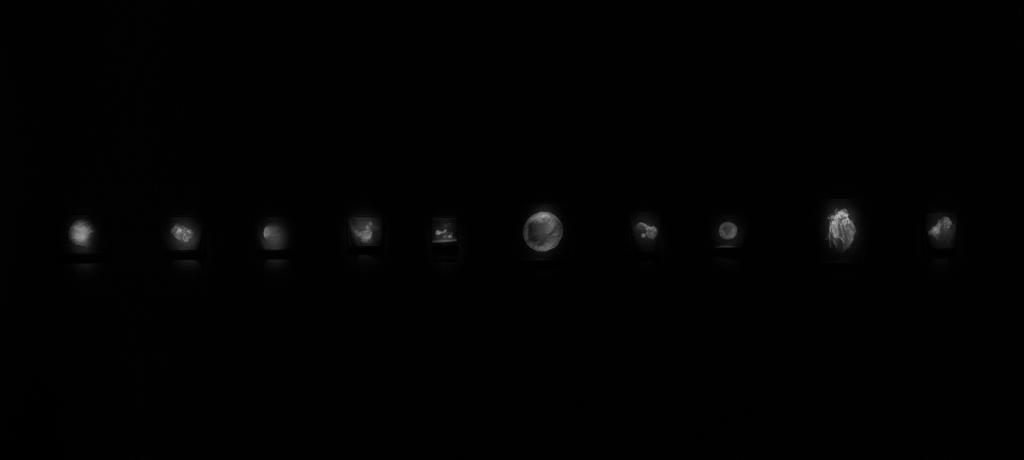

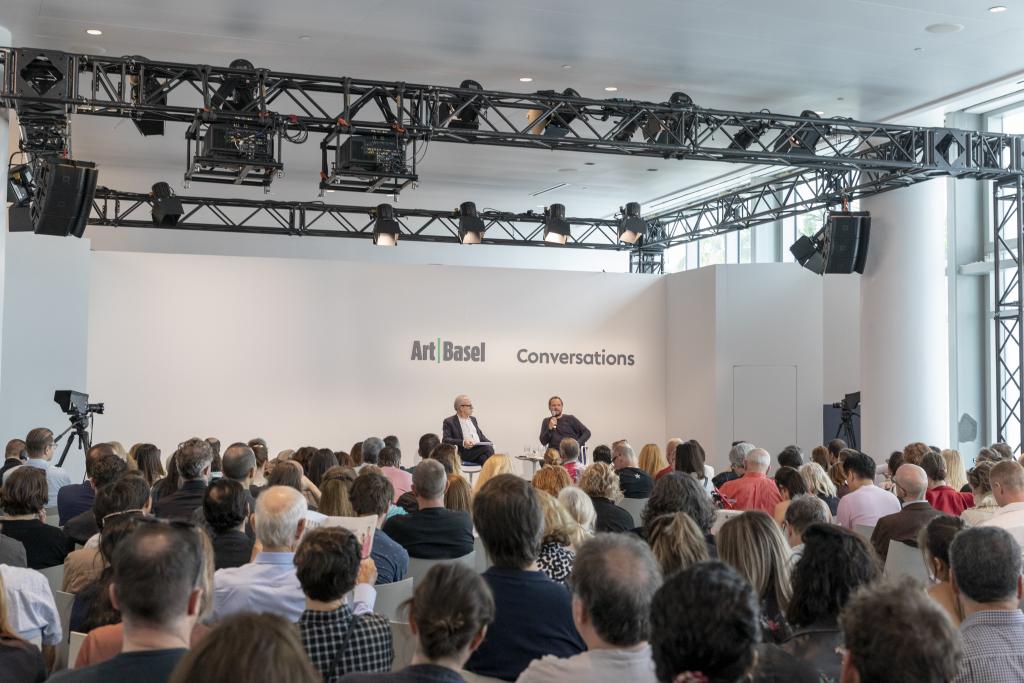
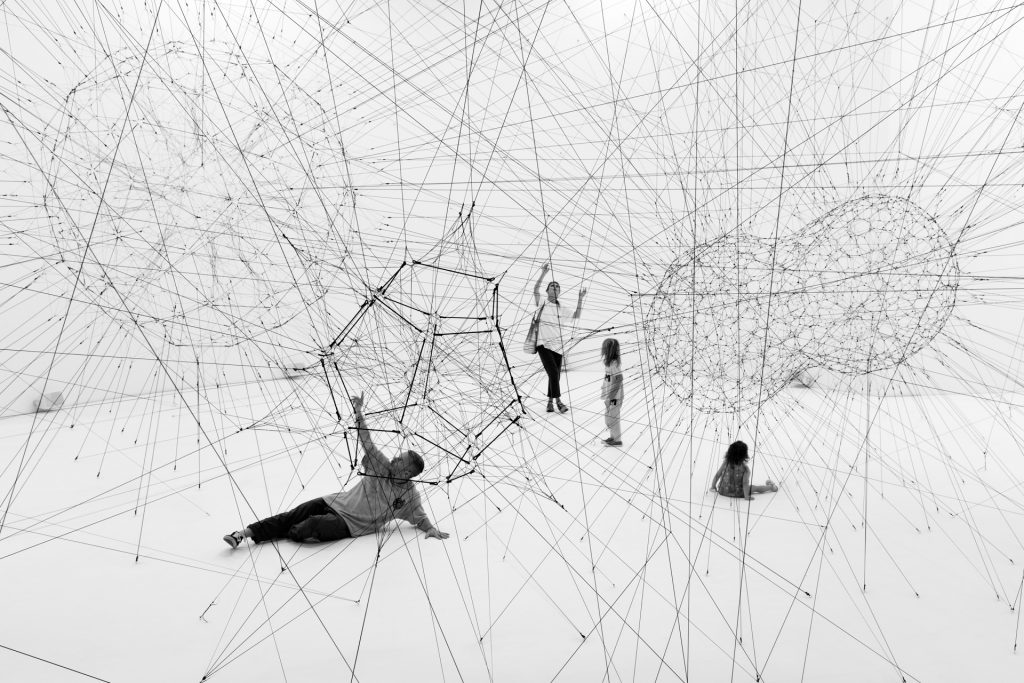
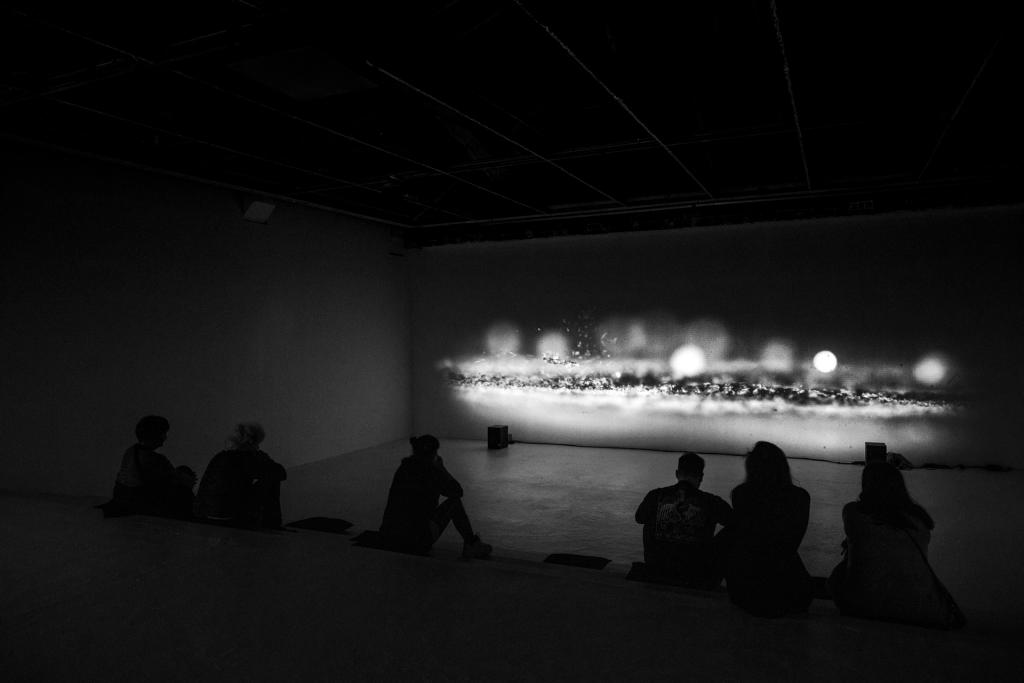
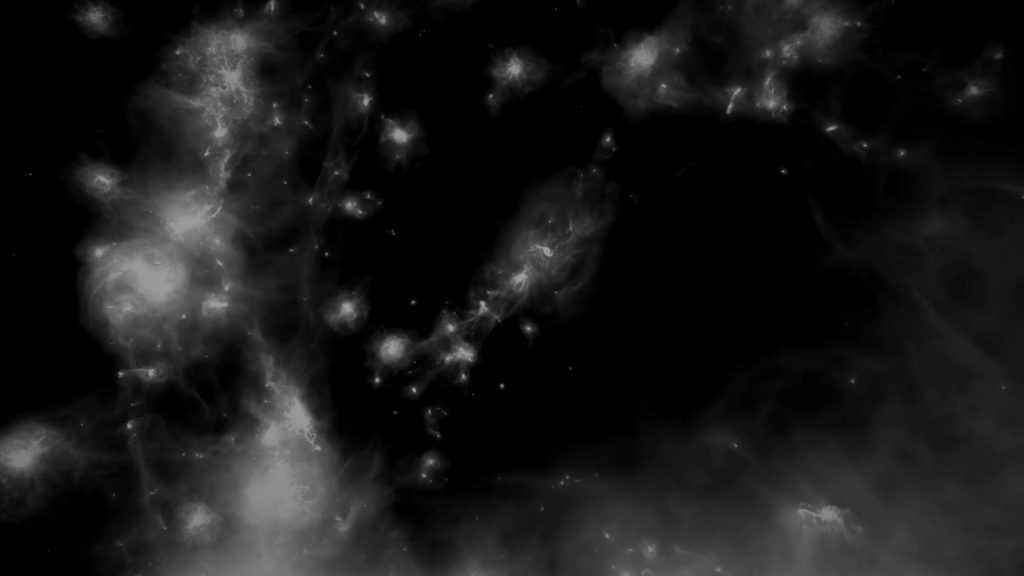
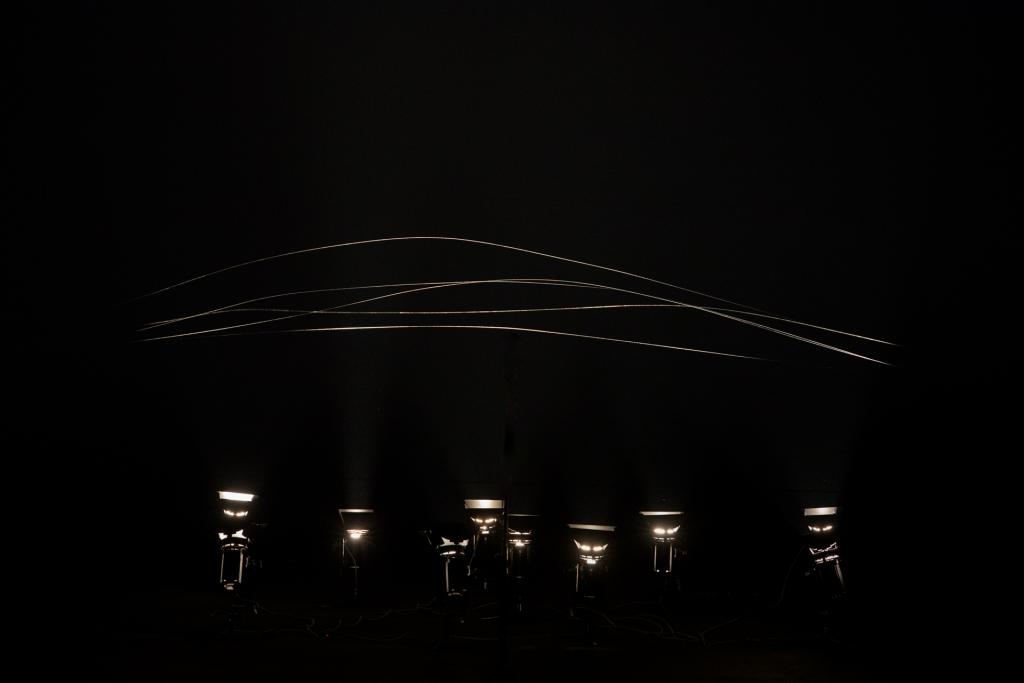
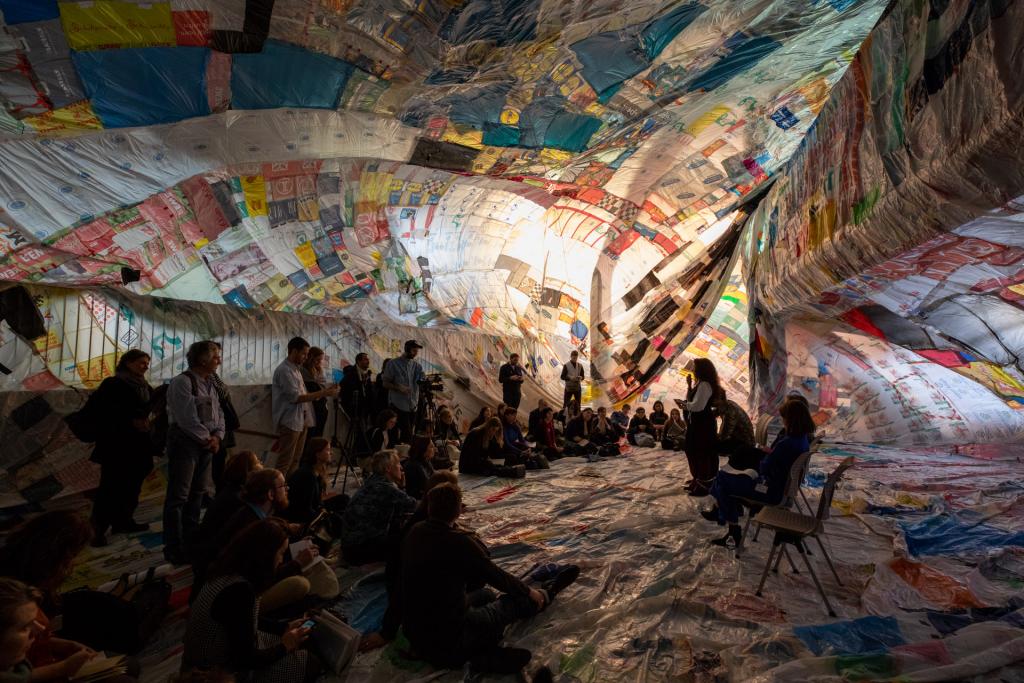
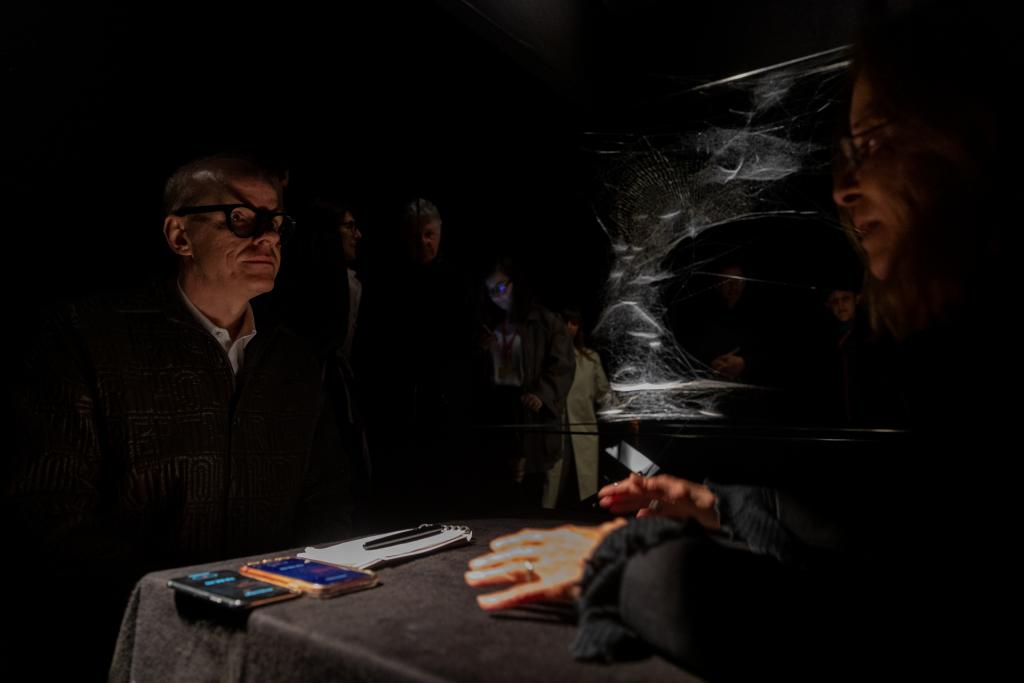
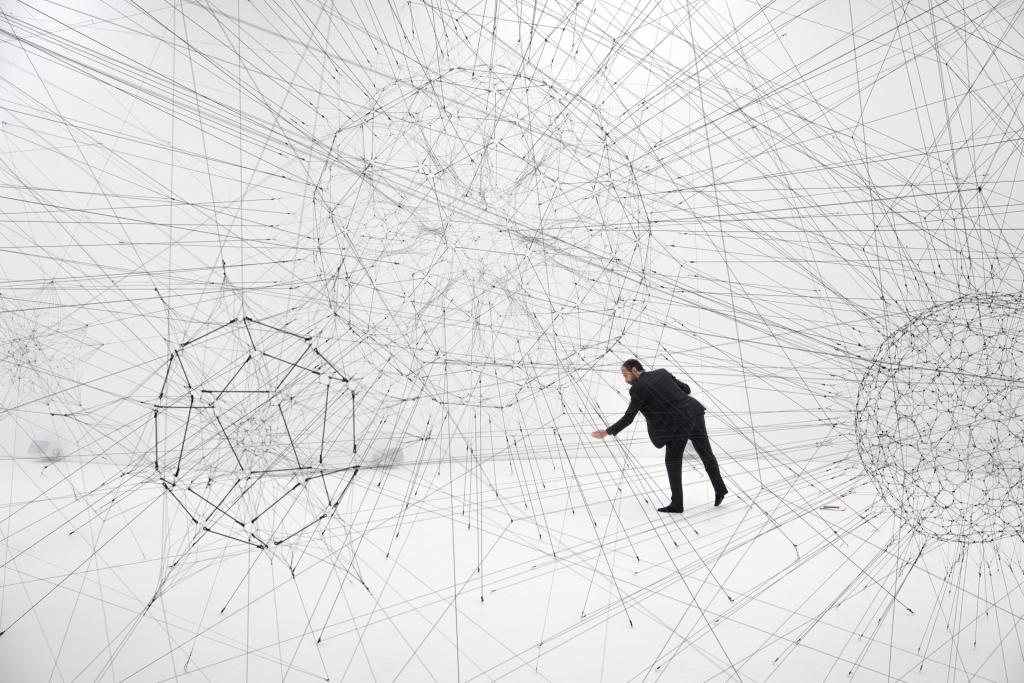
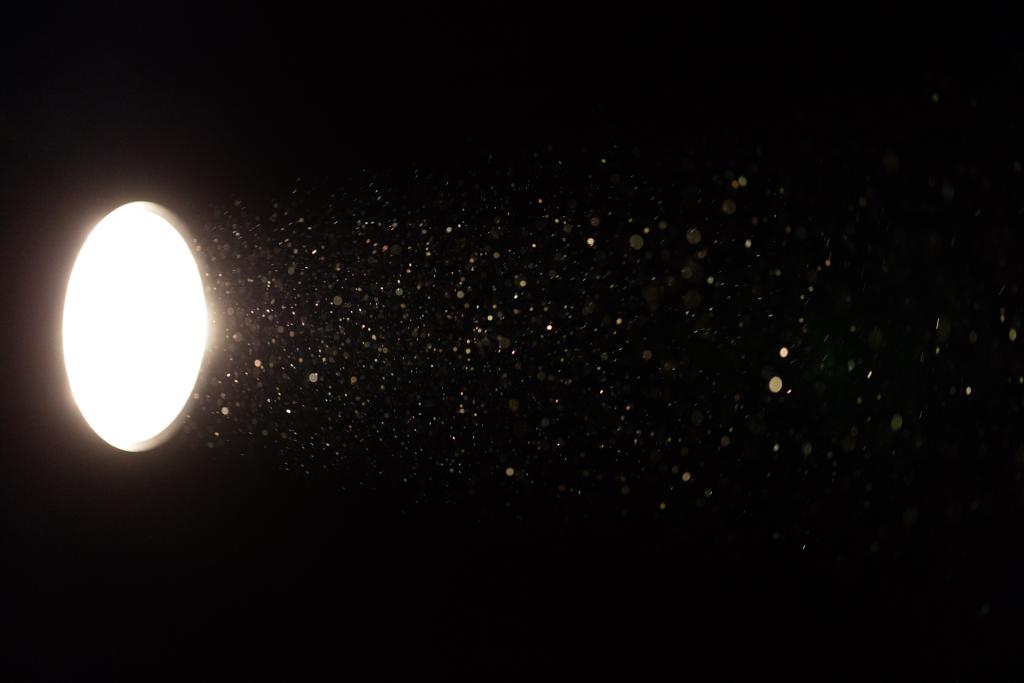
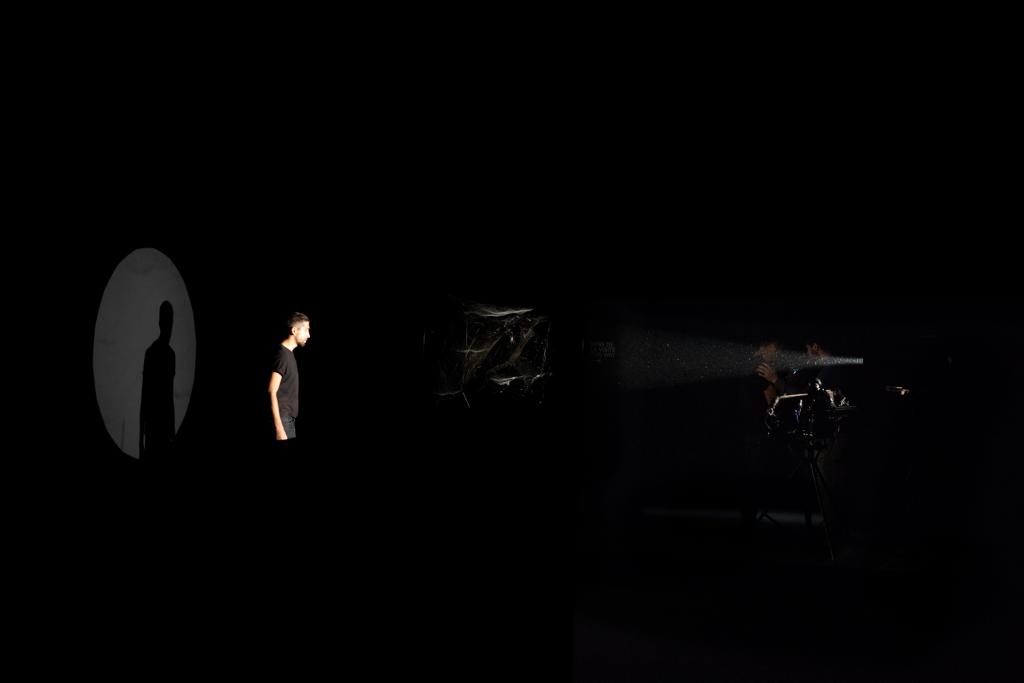
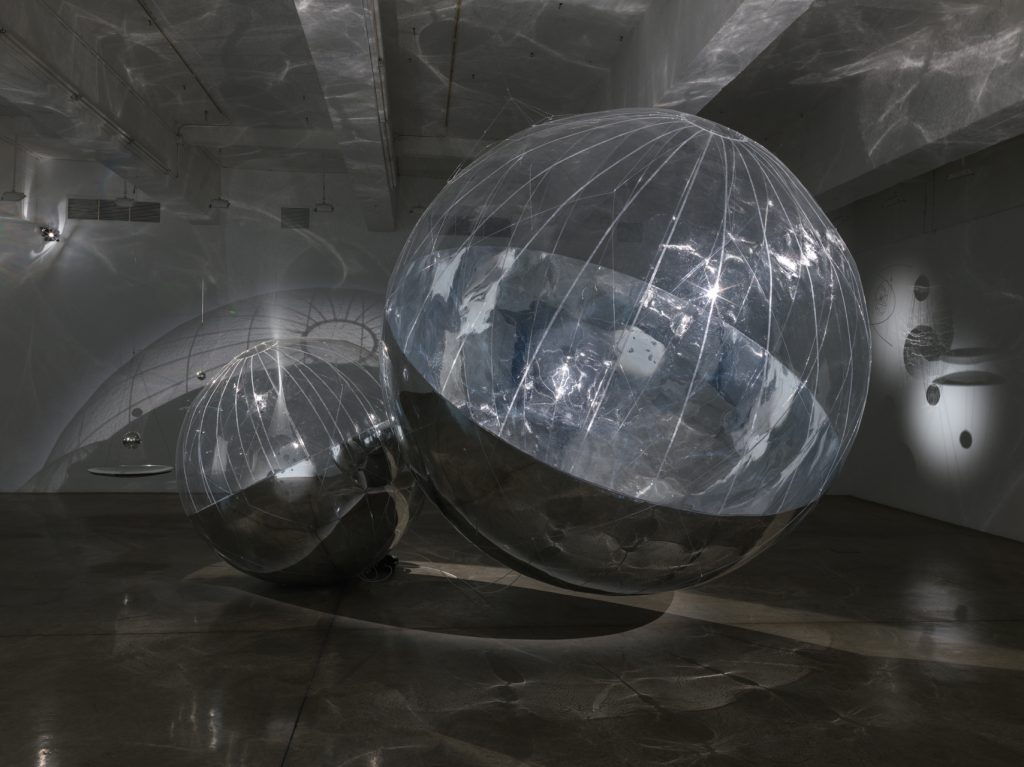
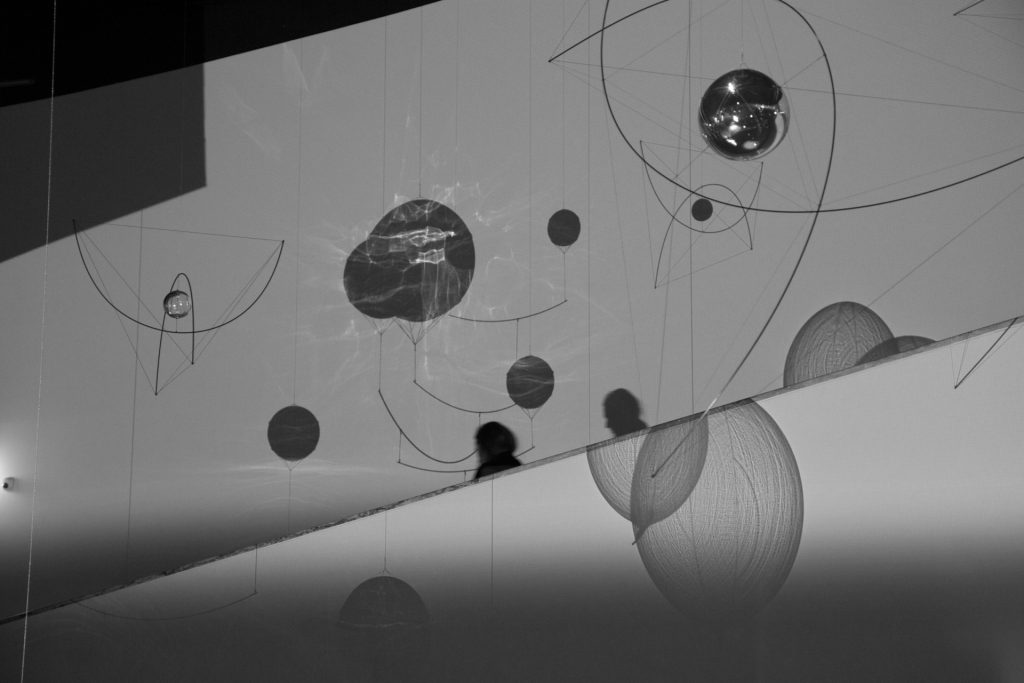
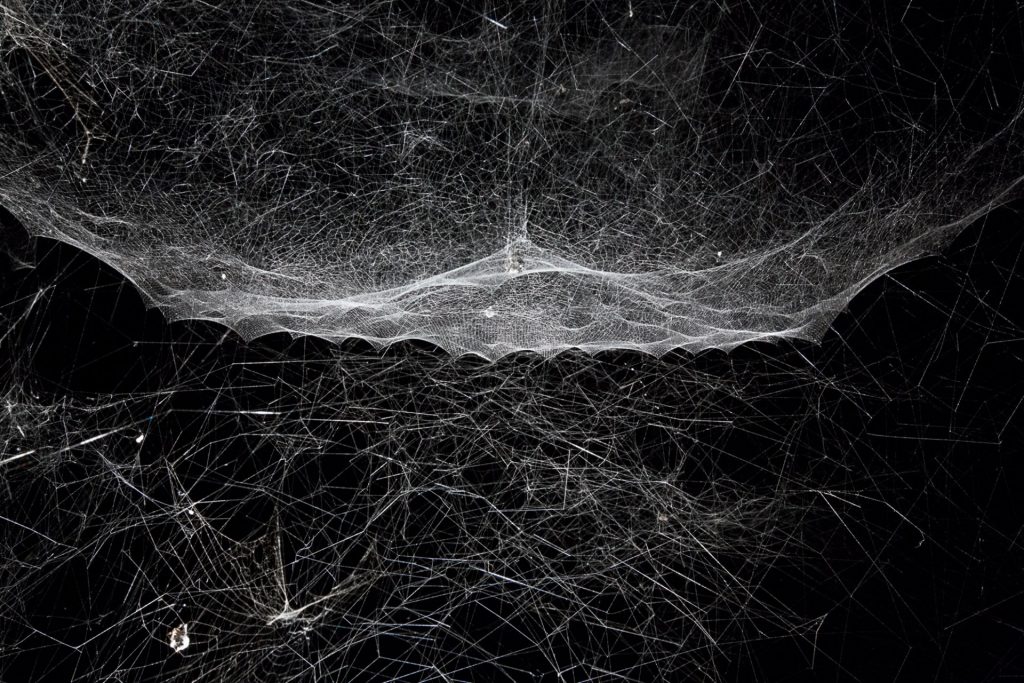
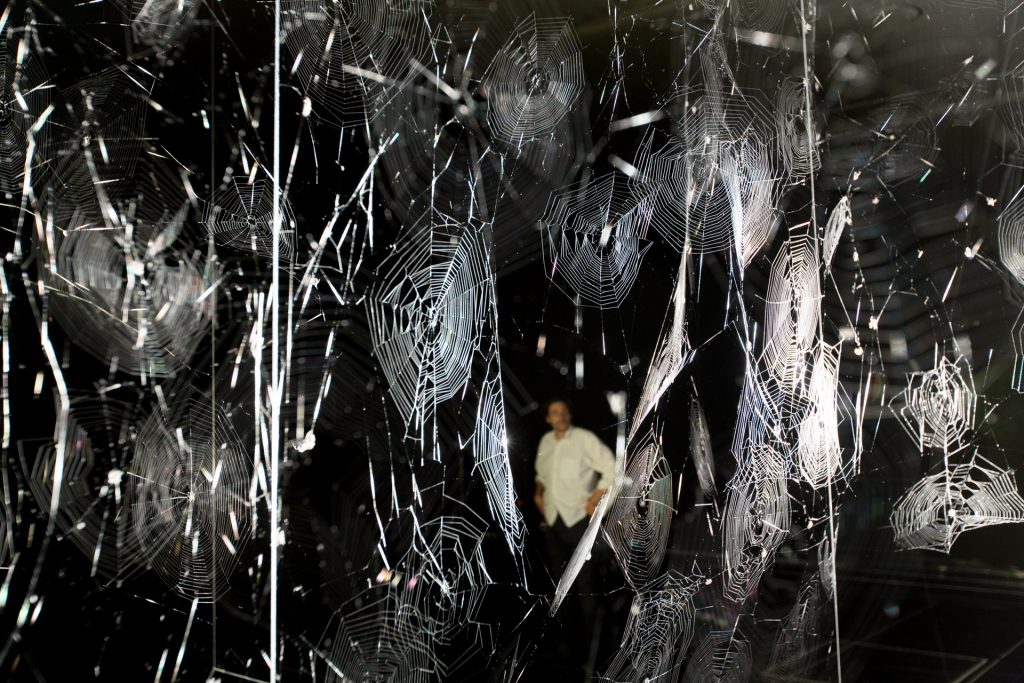
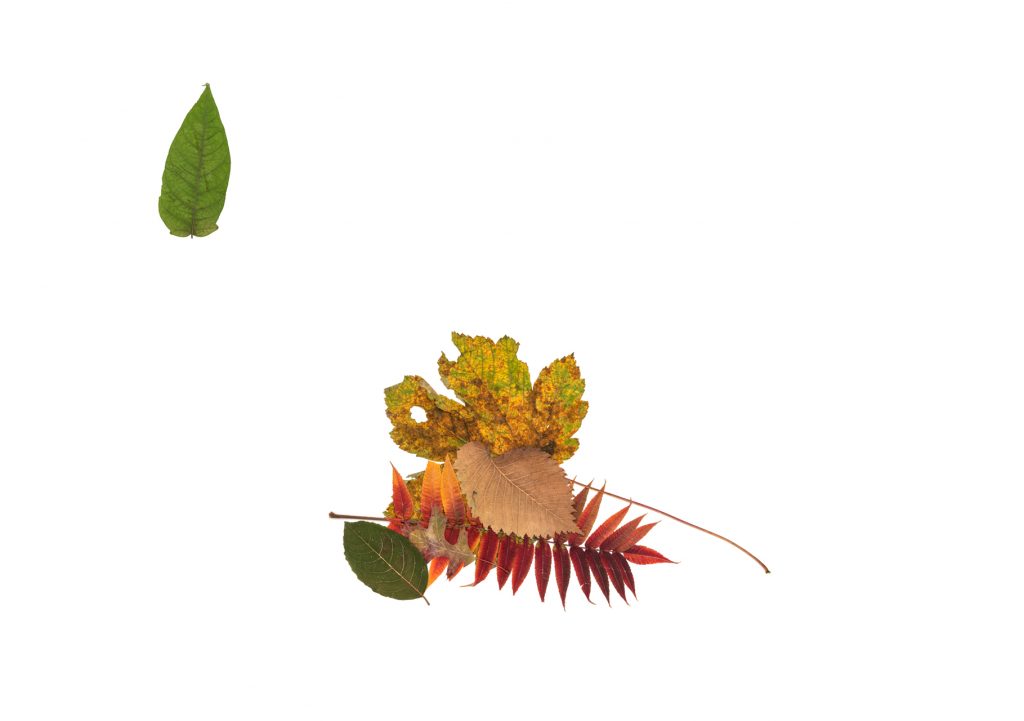
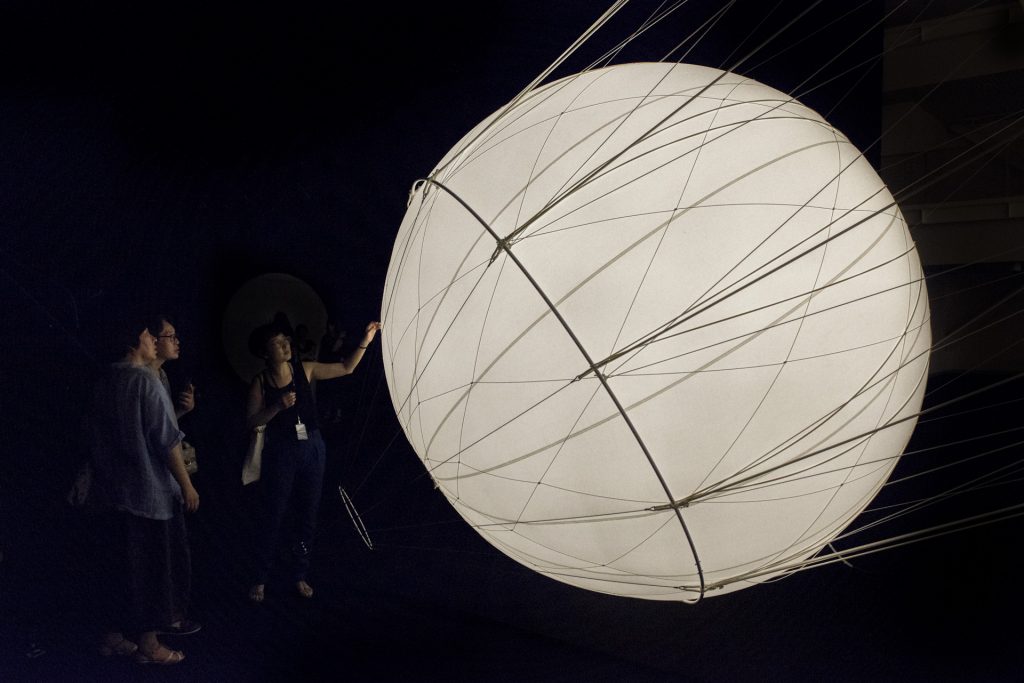
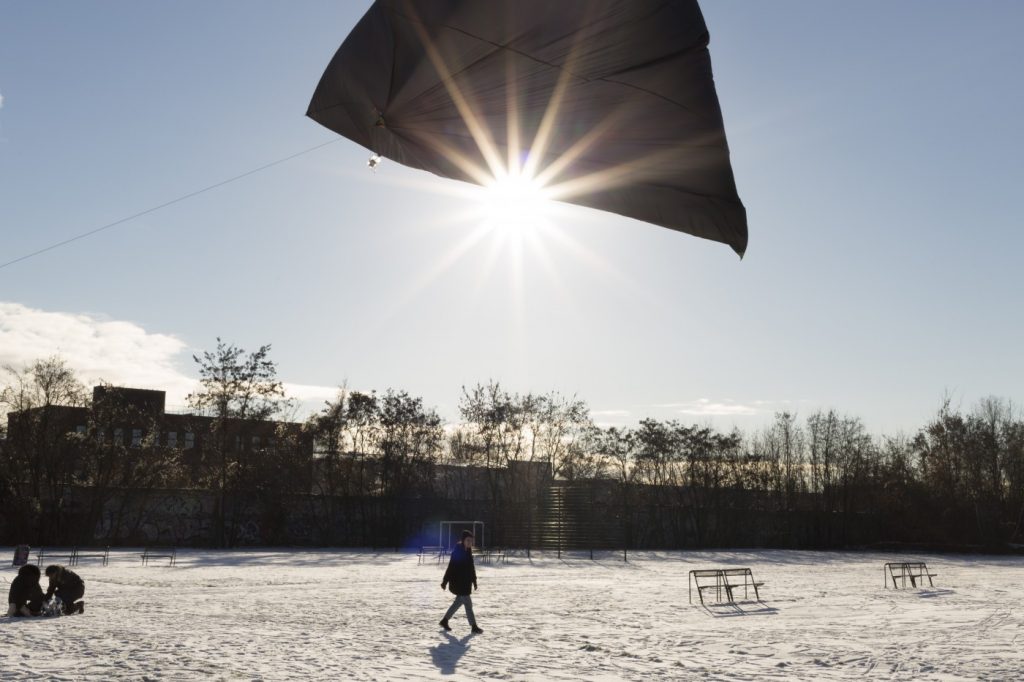
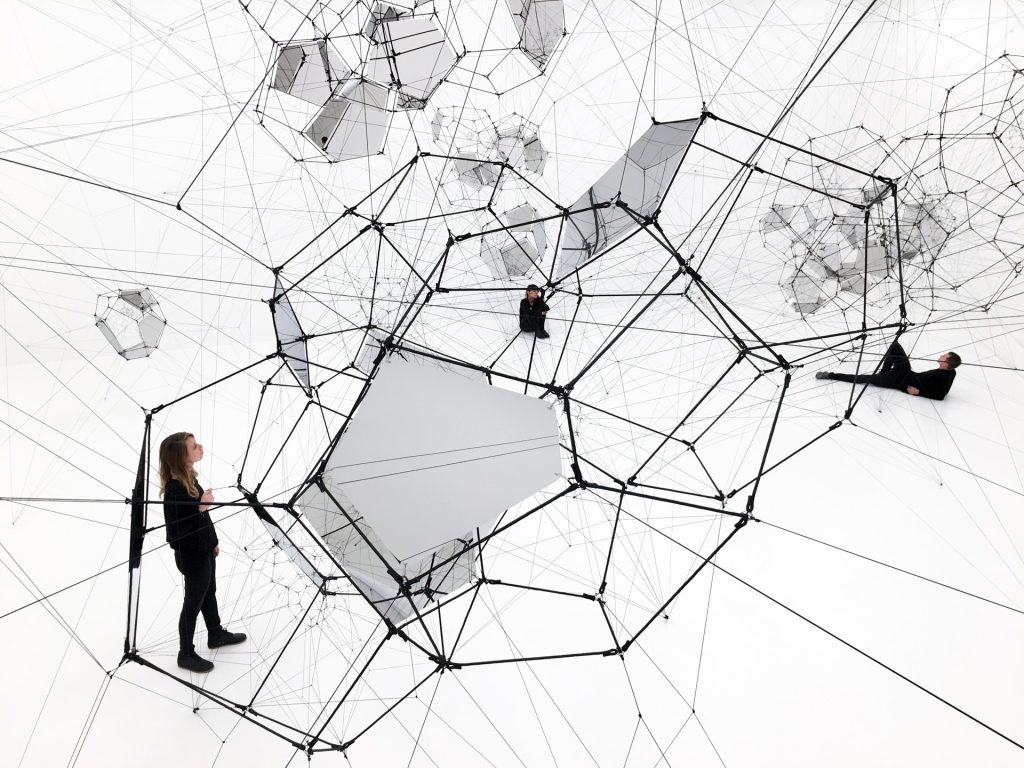
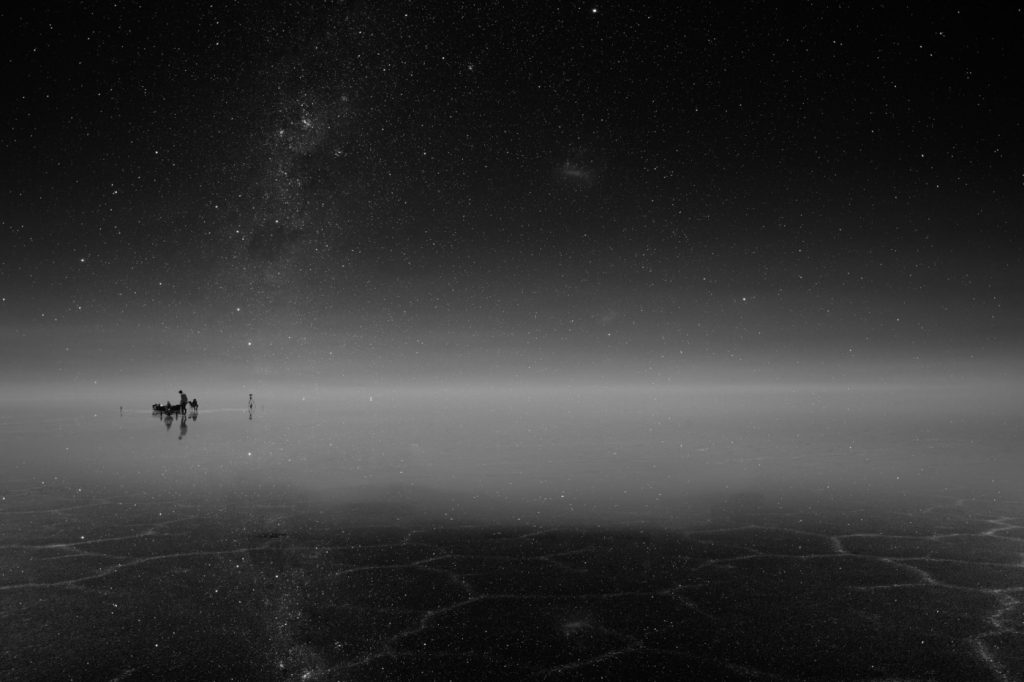
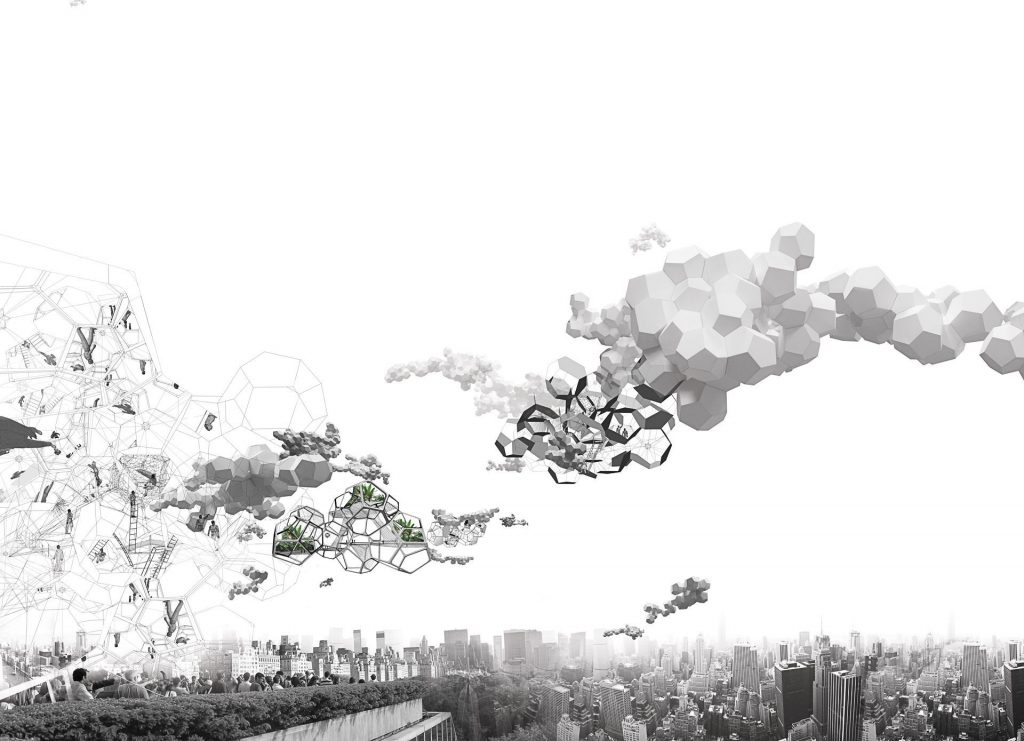
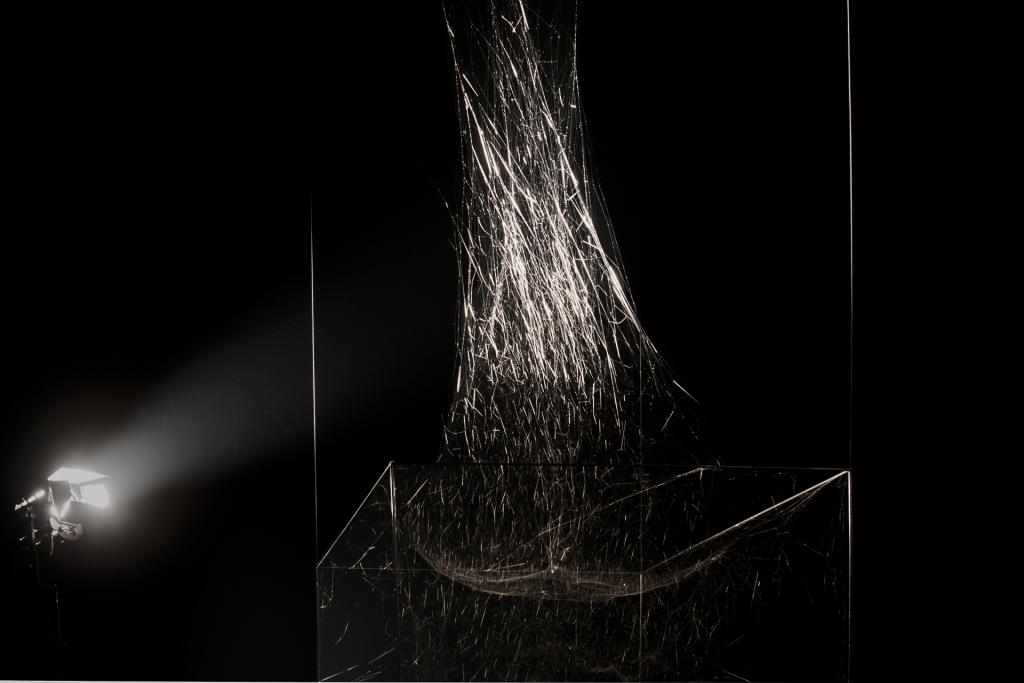
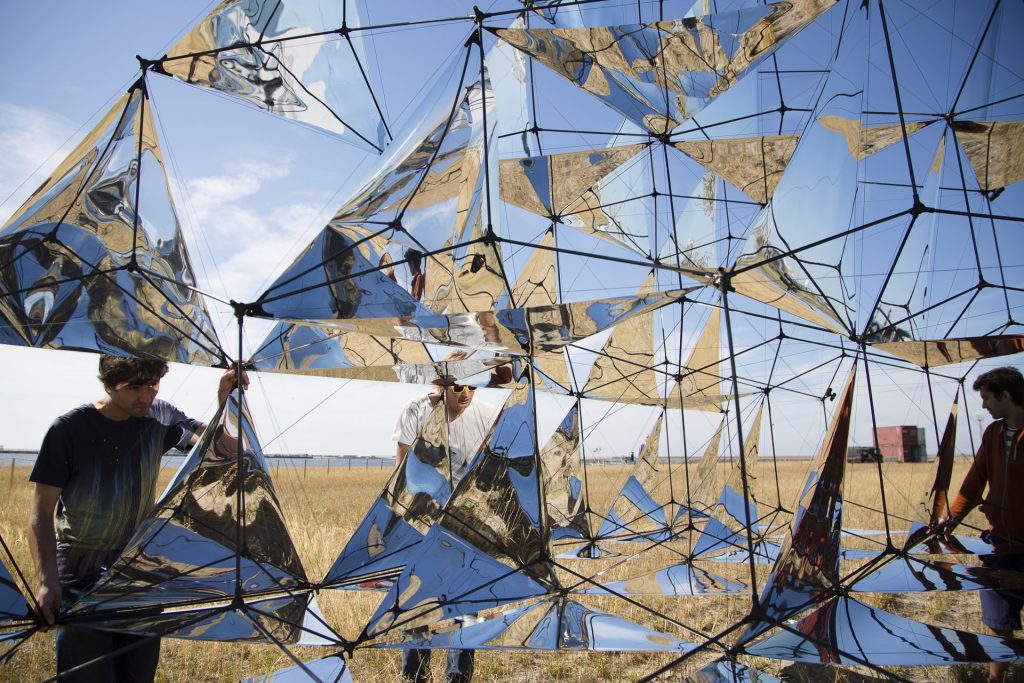
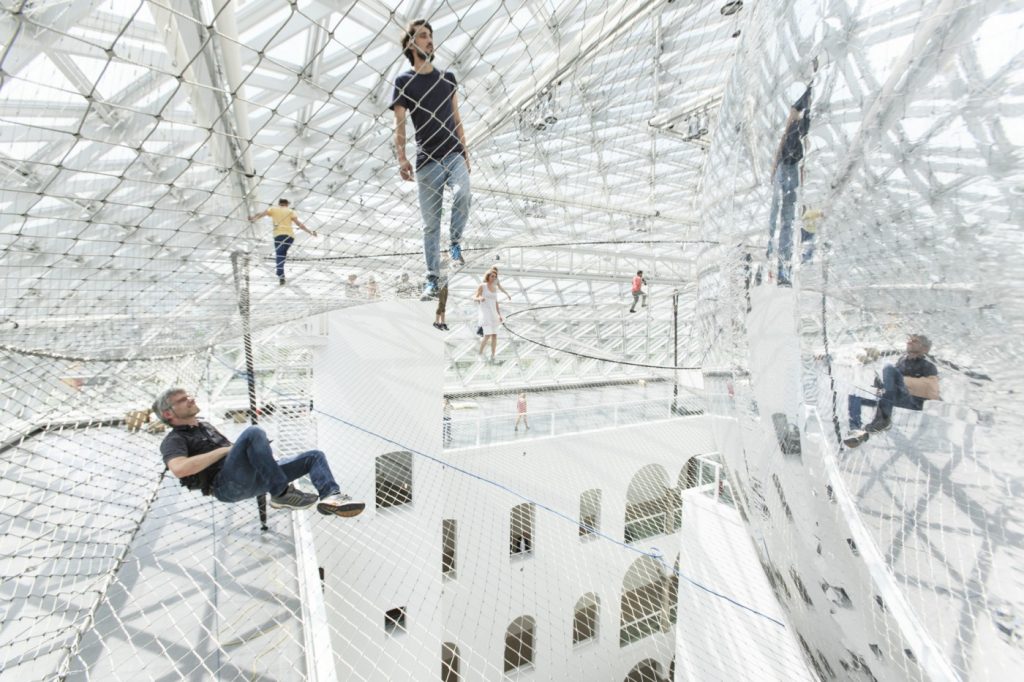
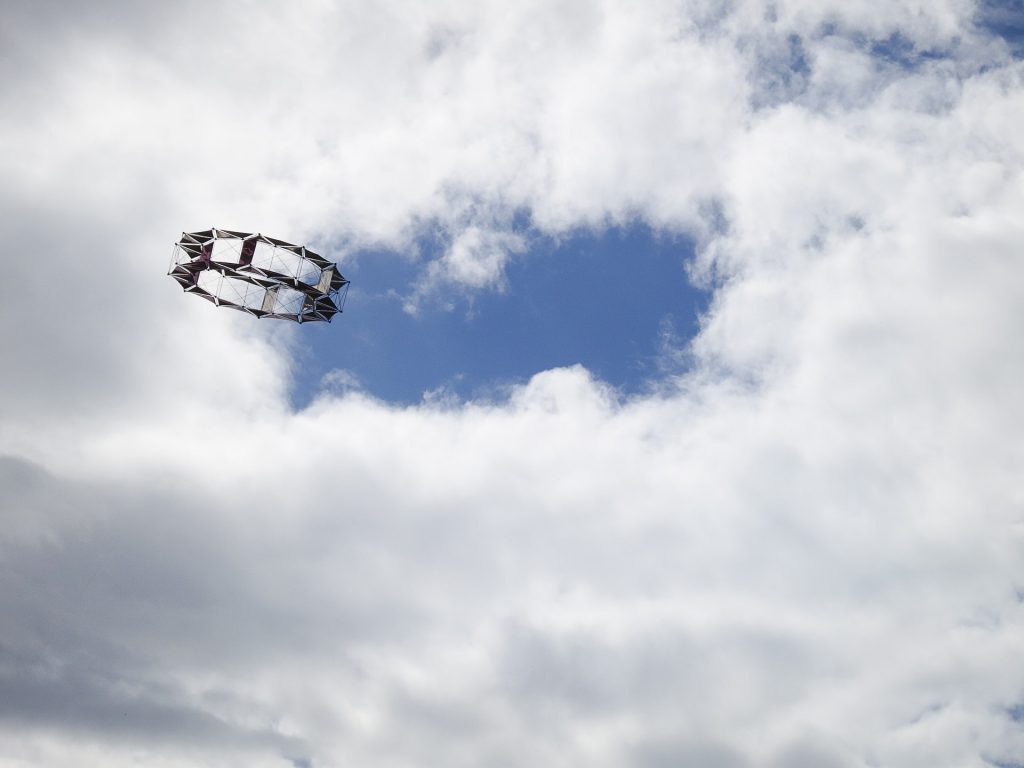
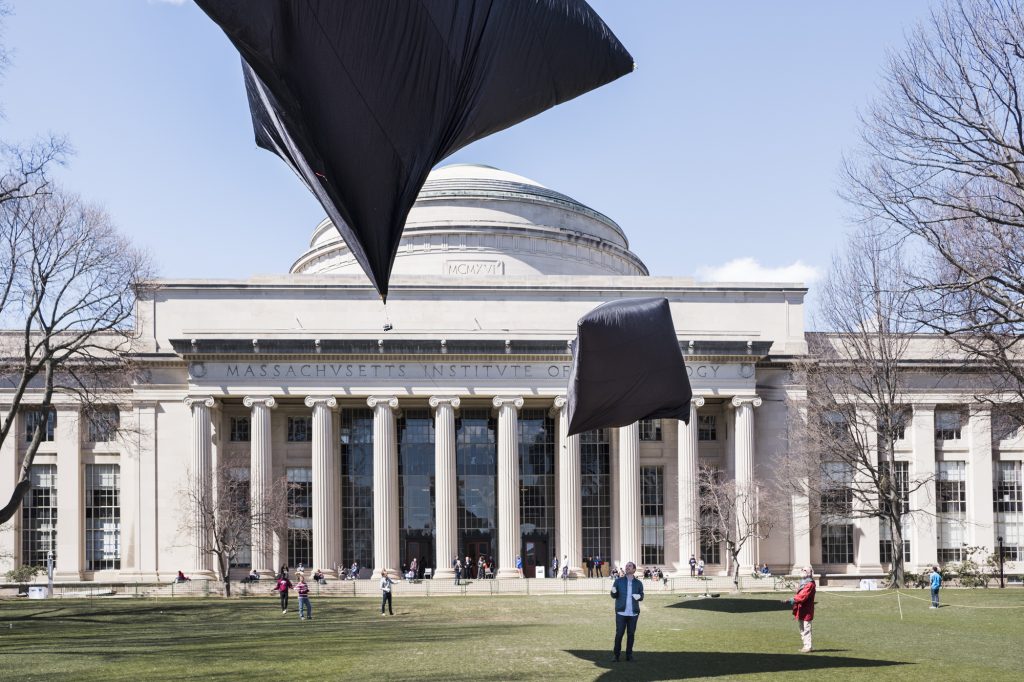
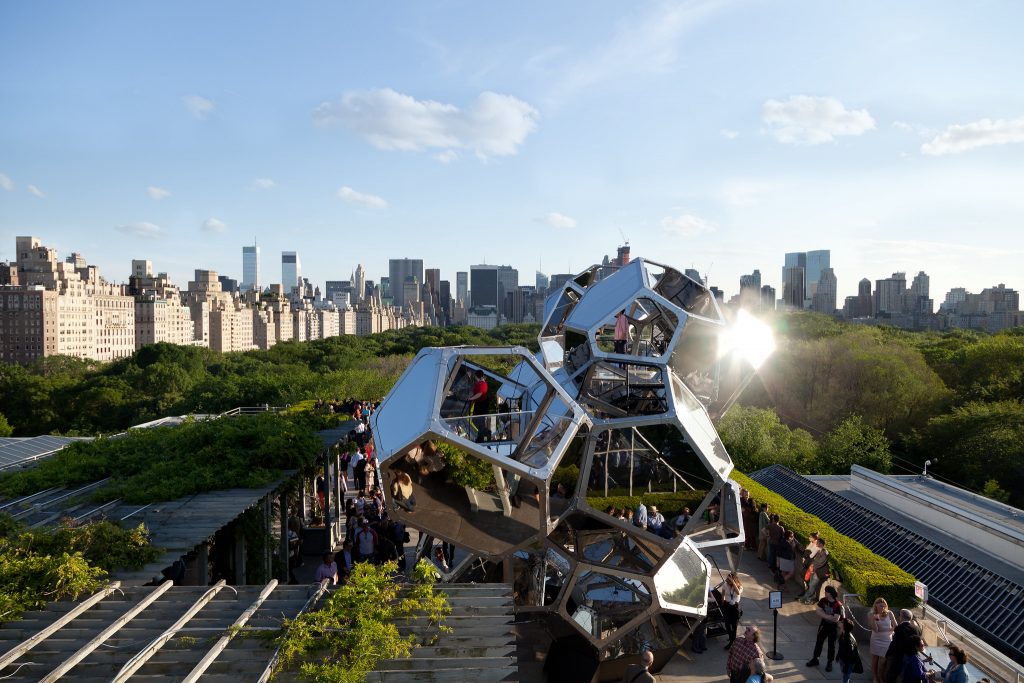
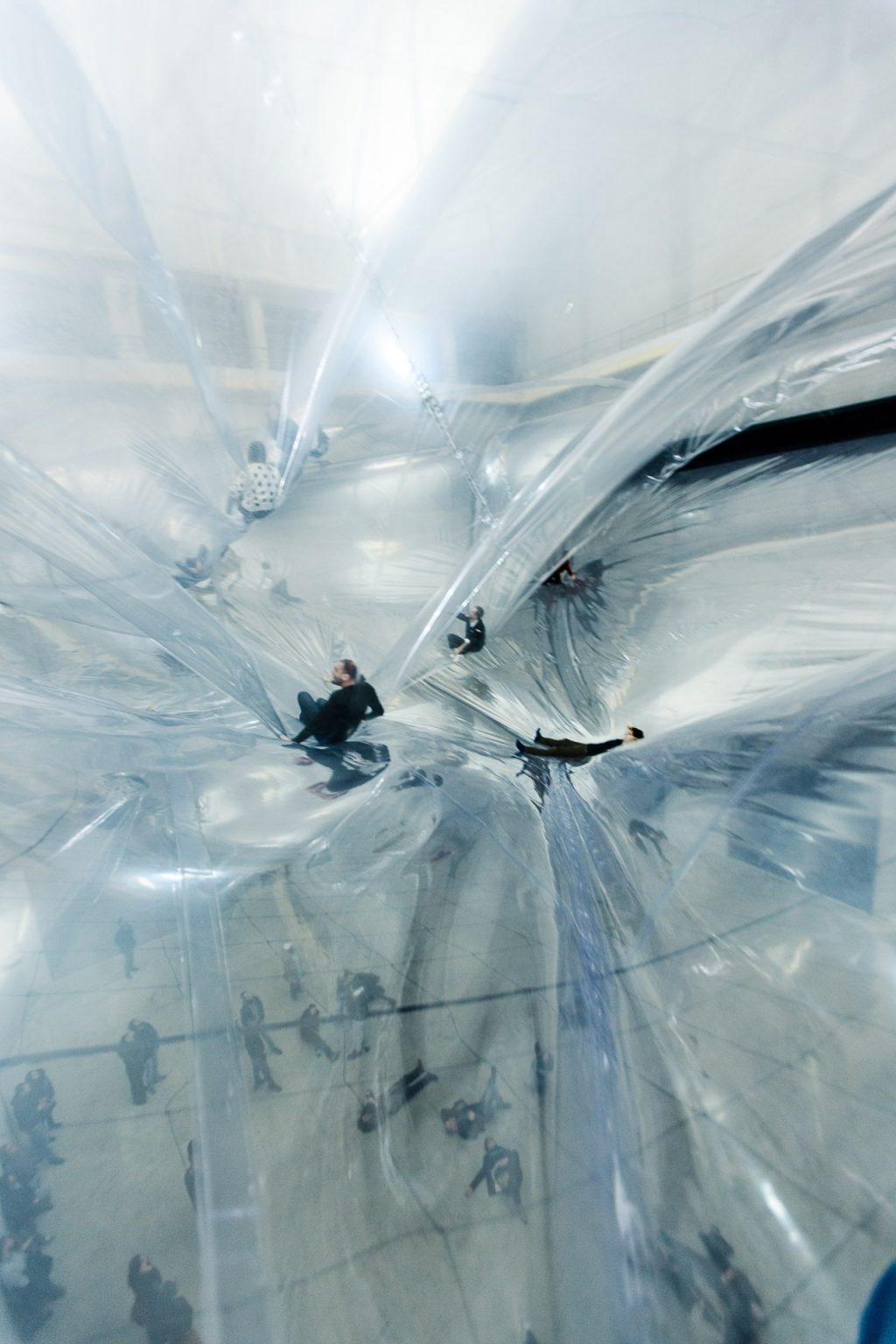
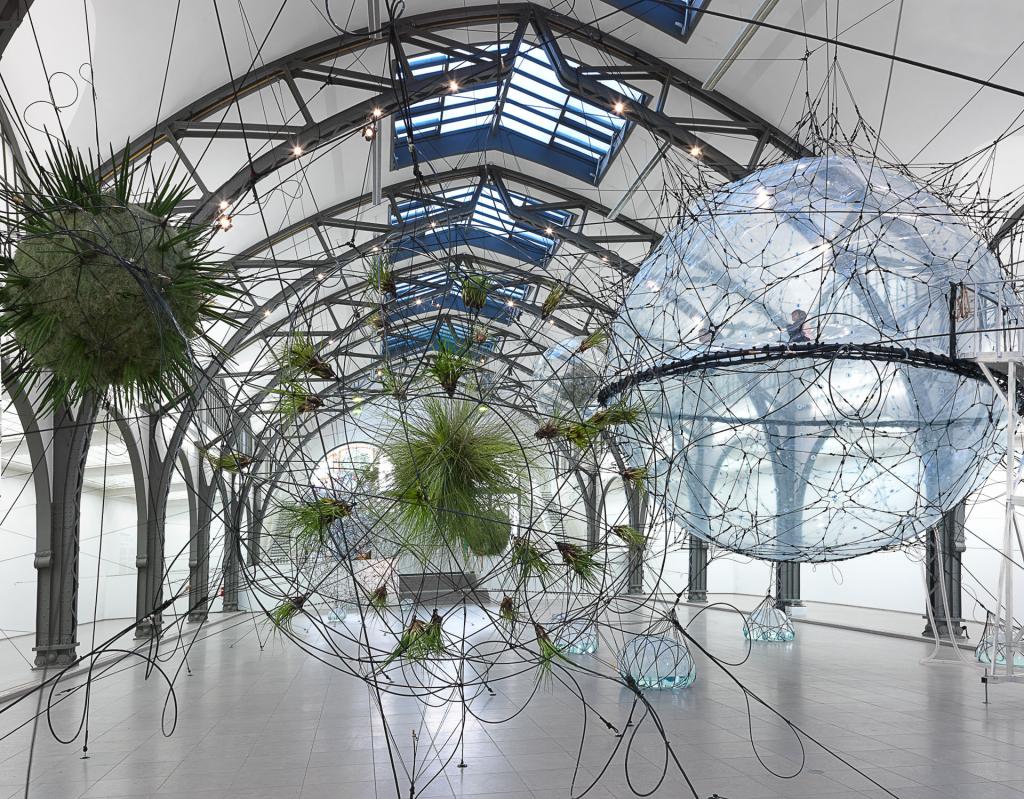
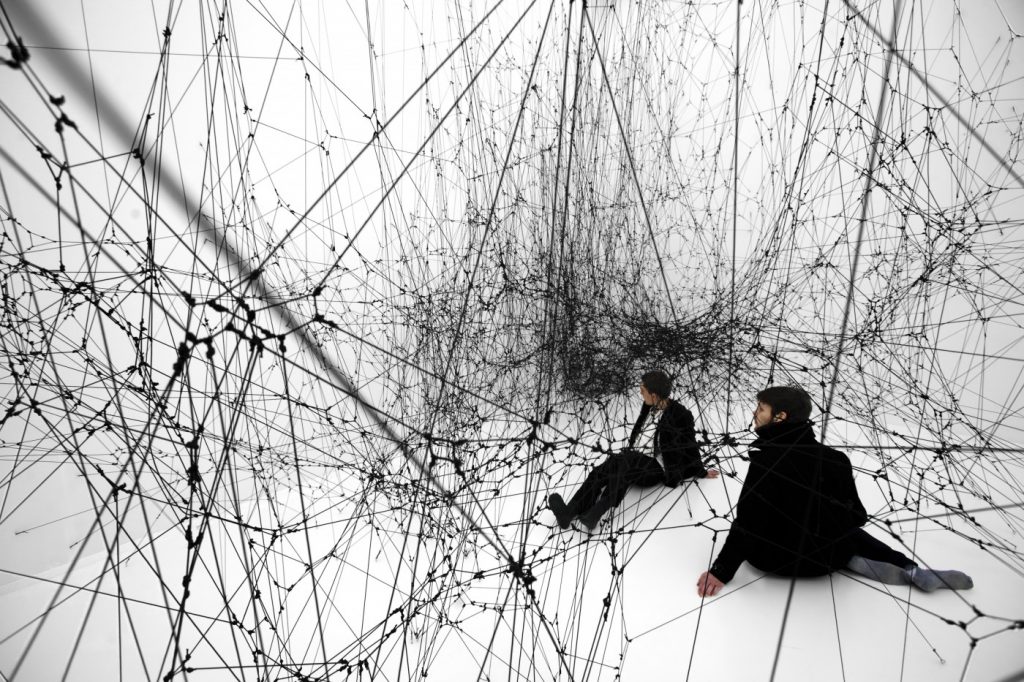
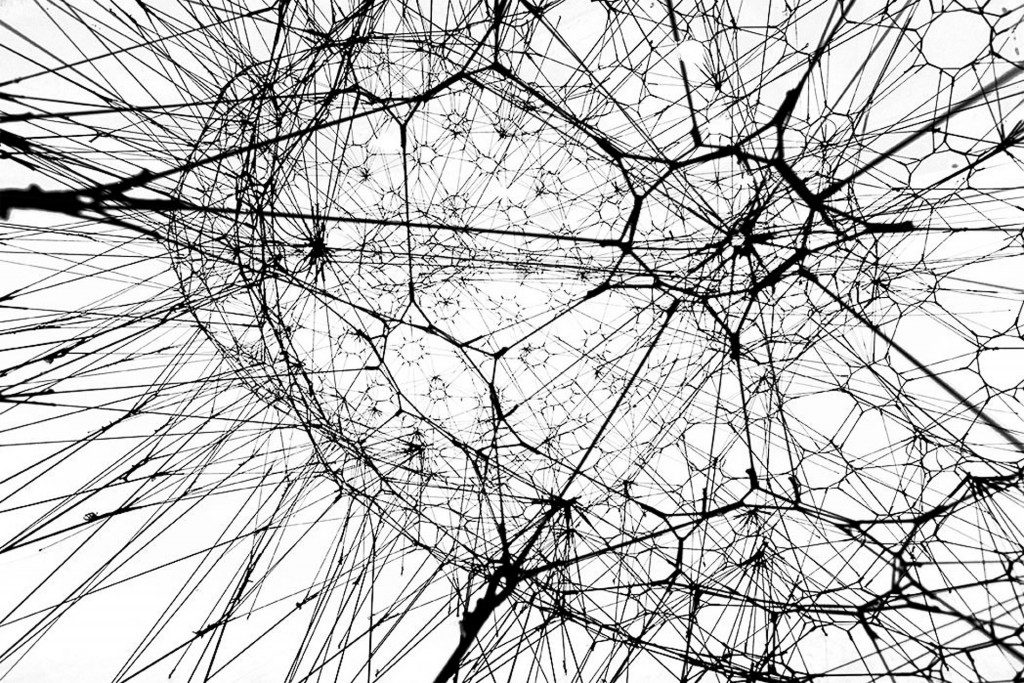
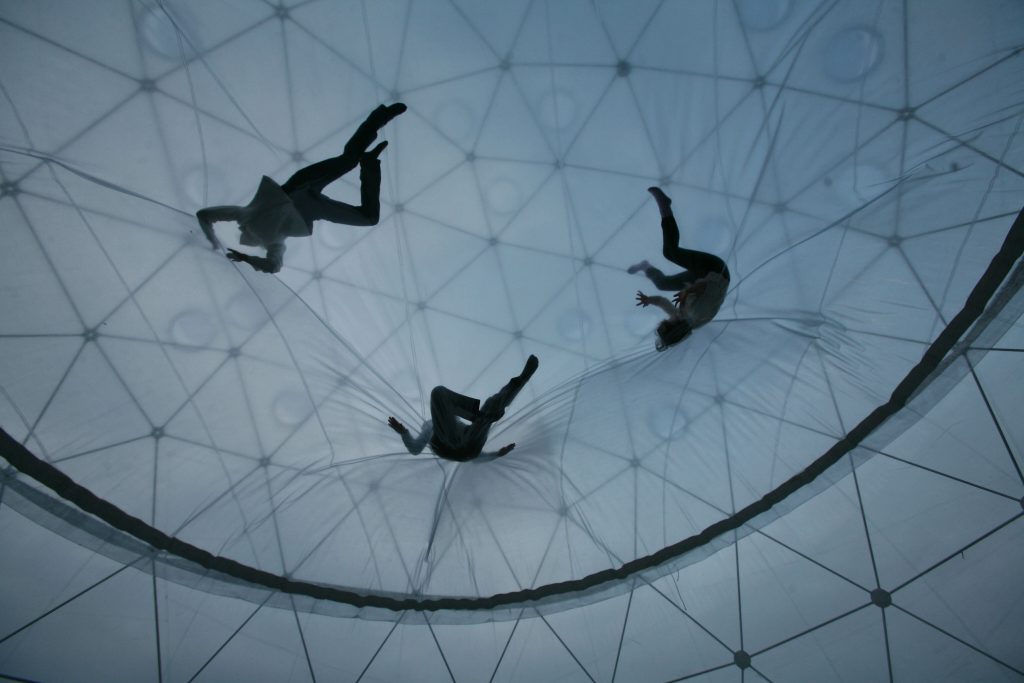
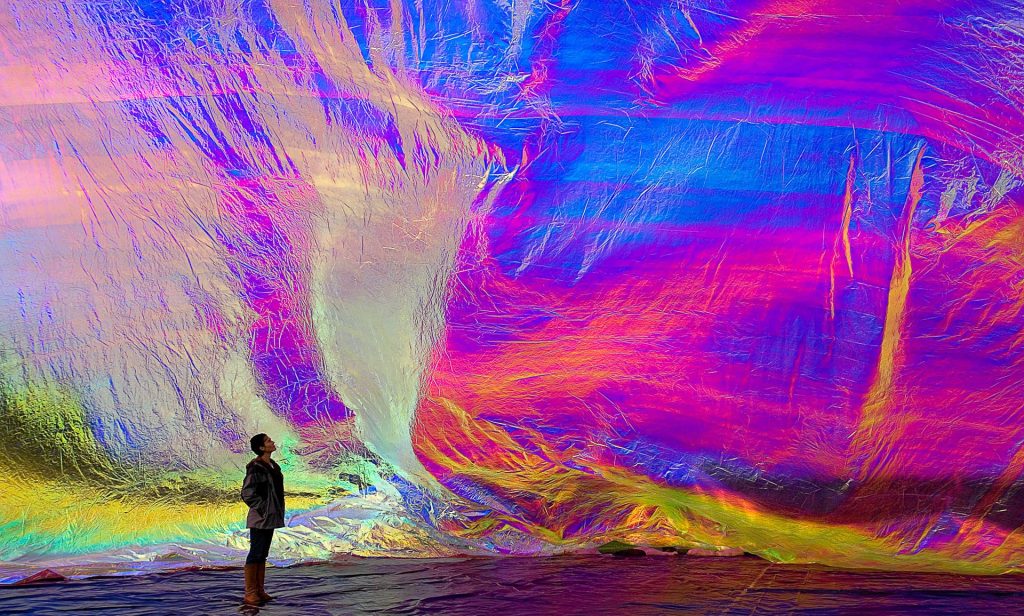
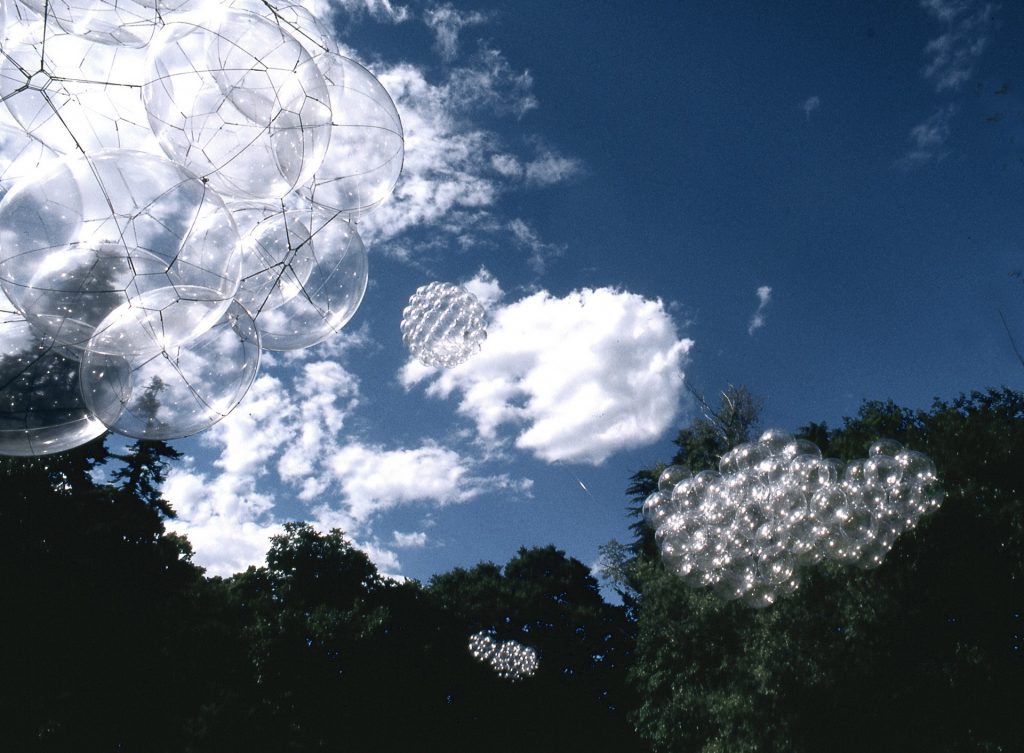
Tomás Saraceno: Event Horizon
Cisternerne, Copenhagen
02.06.2020 – 30.11.2021
An Event Horizon refers to a region of spacetime that marks a point of no return, when the gravitational pull makes any escape from a subsuming black hole impossible. As humans find themselves on the precipice of a point of no return on this planet, we should urgently learn to become, just like spider/webs, more sensitive to that which is at first glance unreadable and inaudible. This is to tune into, to pay at-tent(s)ion to the reverberations of cosmic events, to the guiding signals of non-humans, assembled as new tools for navigation. Which synaesthetic modes of perception do we need to re-sense the world we live with? Descending the stairs into Cisternerne, visitors watched as their shadow dissolved slowly into the surrounding darkness of engulfing echoes. Eyes waited to adjust, ears to wake up and movements to slow down: an invitation to enter the installation opened up channels of communication and sociality that border-cross between senses and species.

The current climate crisis is marked by a refiguration in the earth’s water. This element, essential to life, is responding to an atmosphere laden with the surge of human-made greenhouse gases. The ocean’s waters have expanded, glaciers and ice sheets have melted as a direct result of this warming climate. Sea levels have risen twenty-three centimeters since 1880, with almost half of that increase happening in the last twenty-five years. A thorough distribution of clean water is essential to a diverse assemblage of organisms and species. Yet, the erratic spread of water is at odds with sustainable futures. In flooded areas, water is abundant—and yet it is not potable, cannot be drunk, the life-giving properties we believe to be so basic to its character stripped from its essence. Floodwaters are transformed into poison, leaving wreckage in their wake. In Denmark, this threat is evidenced from multiple sources—not only from rising sea levels, estimated to rise up to seventy-five centimeters by 2100, but from heavy rains as well, which have caused flash floods, particularly in the country’s major cities. It is imperative that we find a way to change our actions, so that we stop changing the climate.


As we move into the future, what will our new normal be? In a world in which anthropogenic “natural” disasters run rampant, water often stands as foe more than friend, viral pandemics await at the ready, the answer may surprise us. It is time to try out new futures, new ways of movement—and in the art world, new ways to witness.
Have you ever navigated an exhibition by boat? Movement is different through water than on dry land. The boat lends itself naturally to the social distancing demanded of us now—antithetical to the crush of bodies we associate with openings, moving by boat inherently allows for distance, viewers moving together in units, slowly, witnessing their surroundings on nature’s own timeline.
We are standing at the edge of an Event Horizon, in more ways than one. Be it by flood or virus, the message from nature is clear—change is inevitable. What will our new normal be? Let it be harmonious, revolutionary. It is the only way we will survive.

...